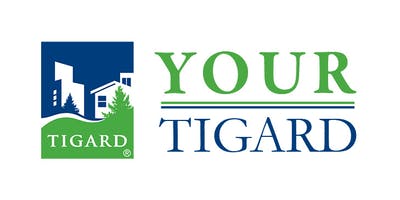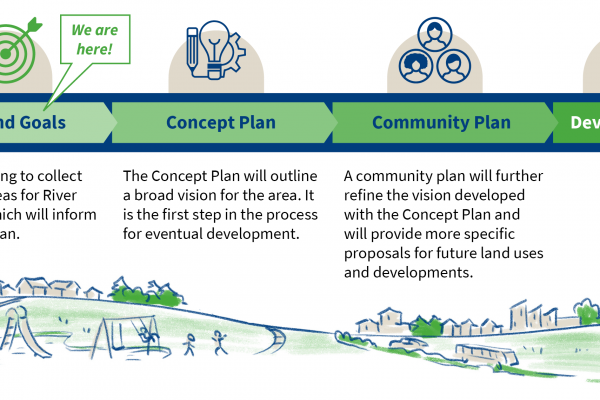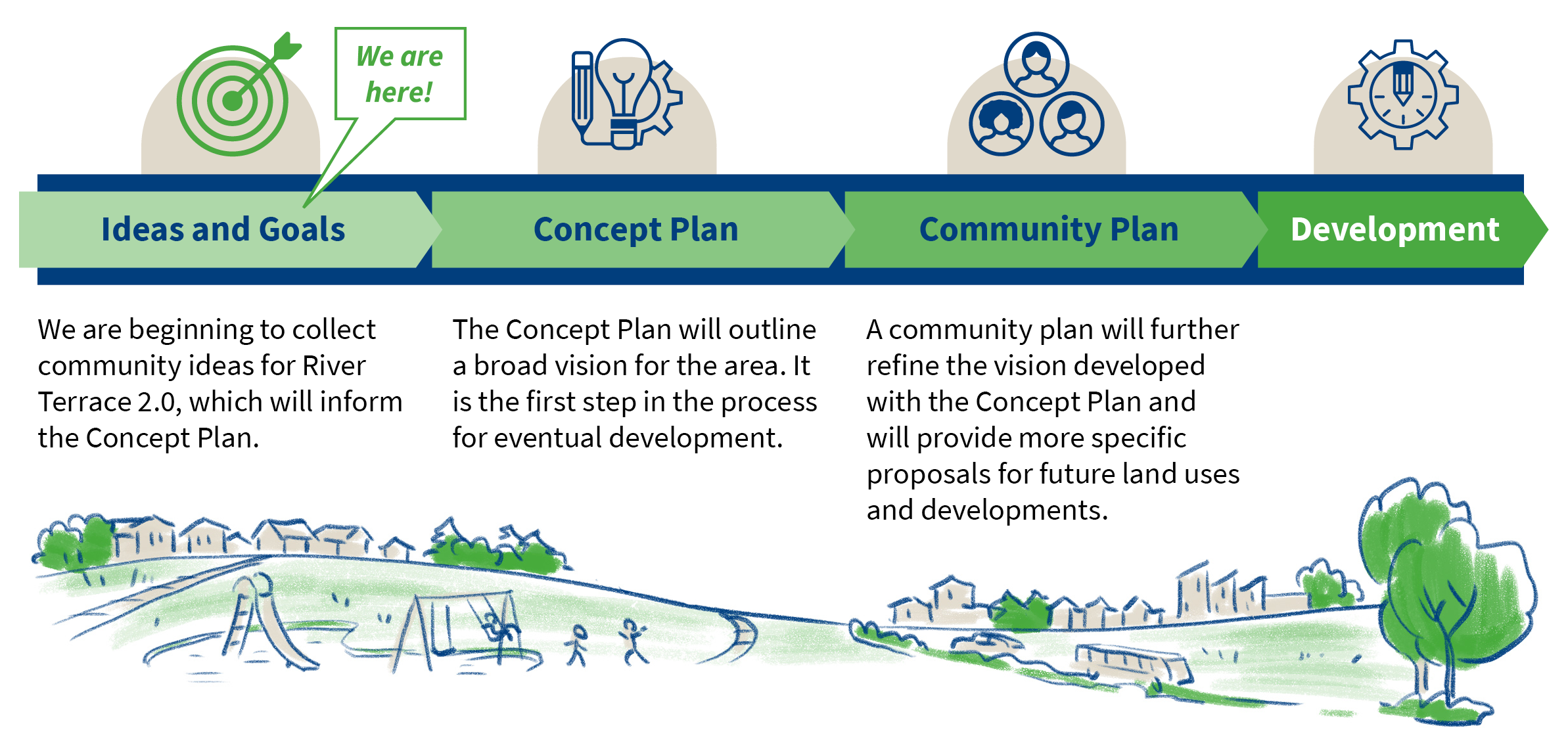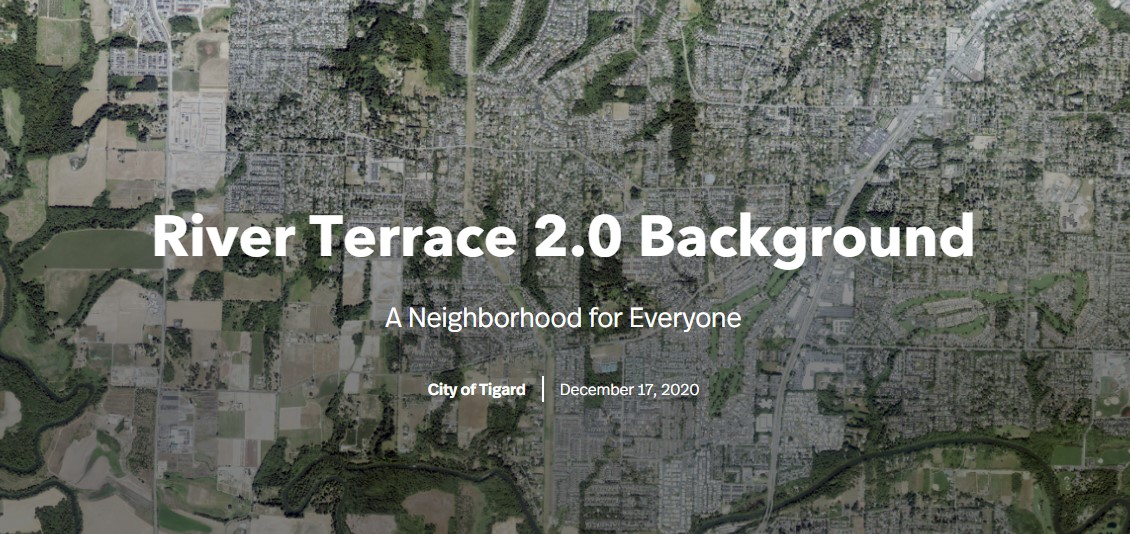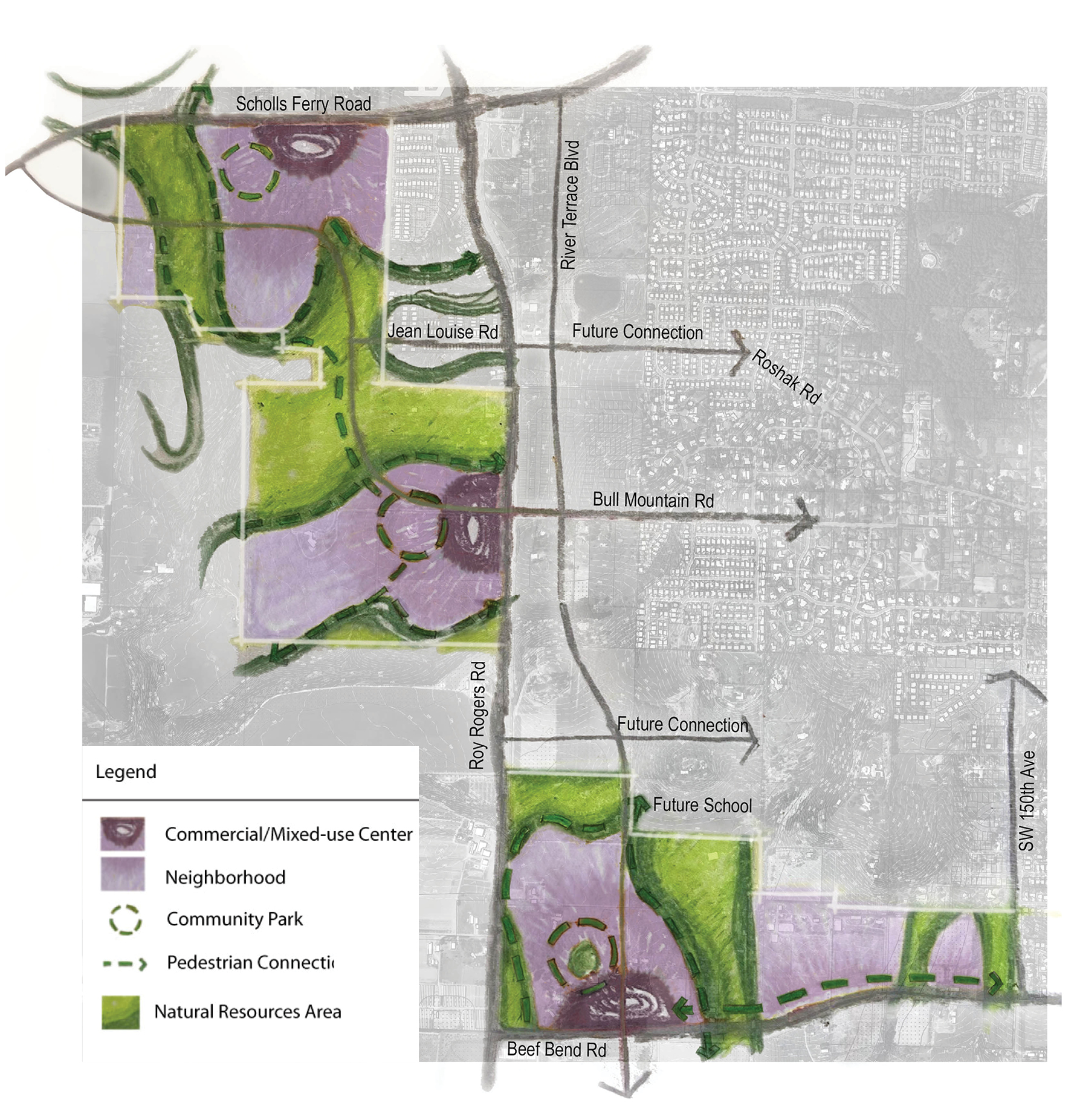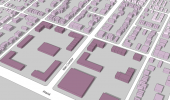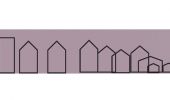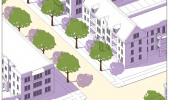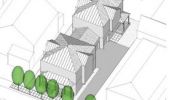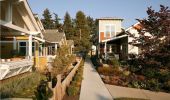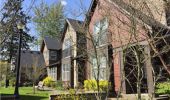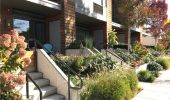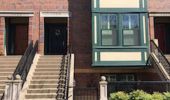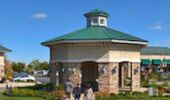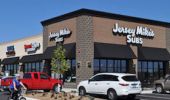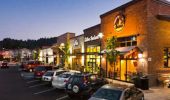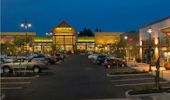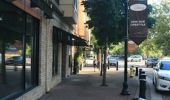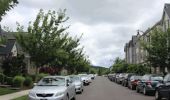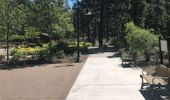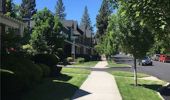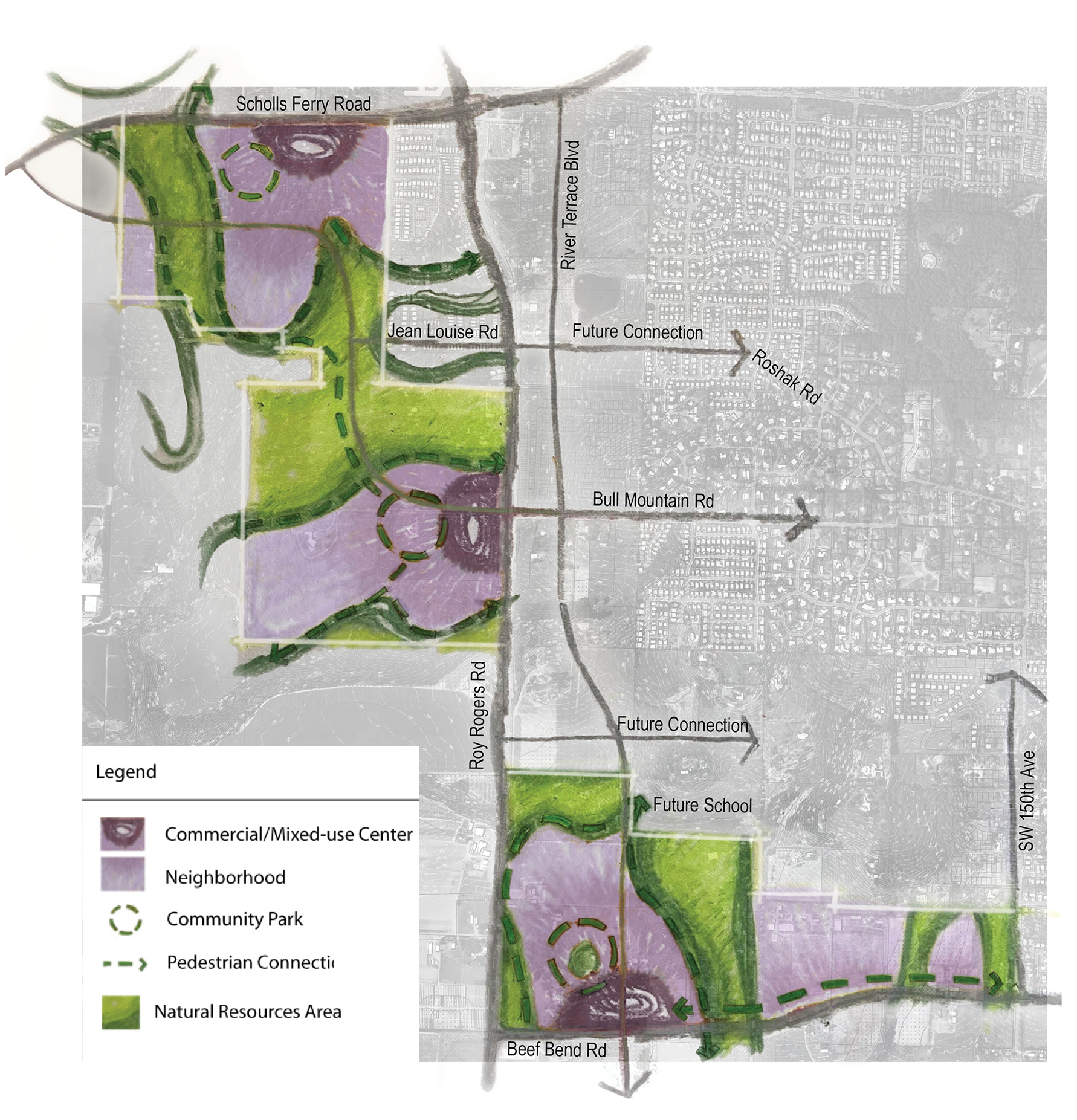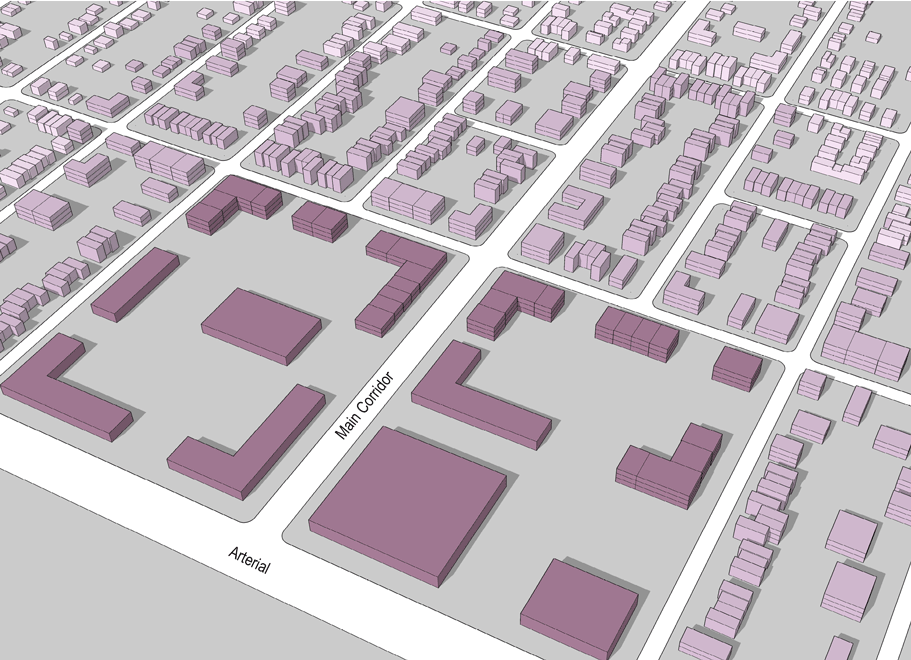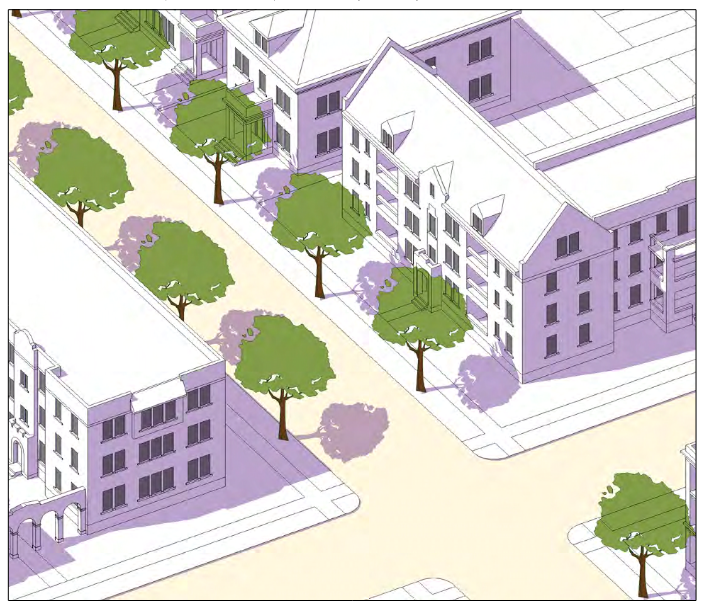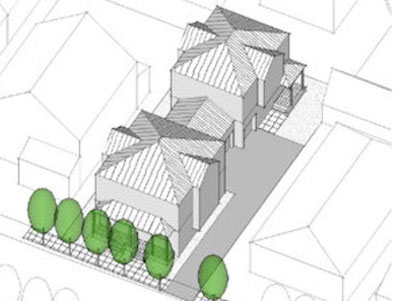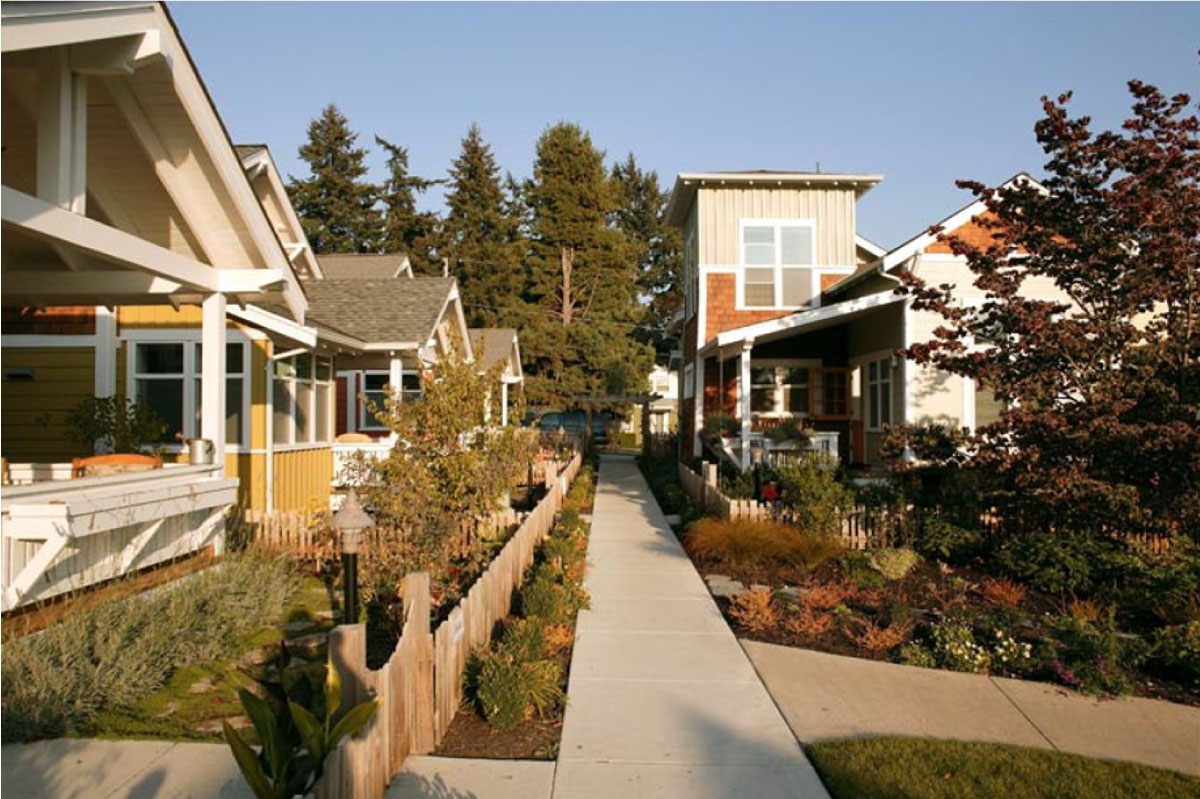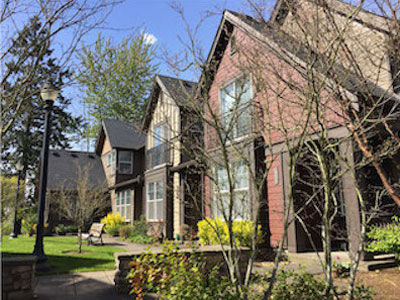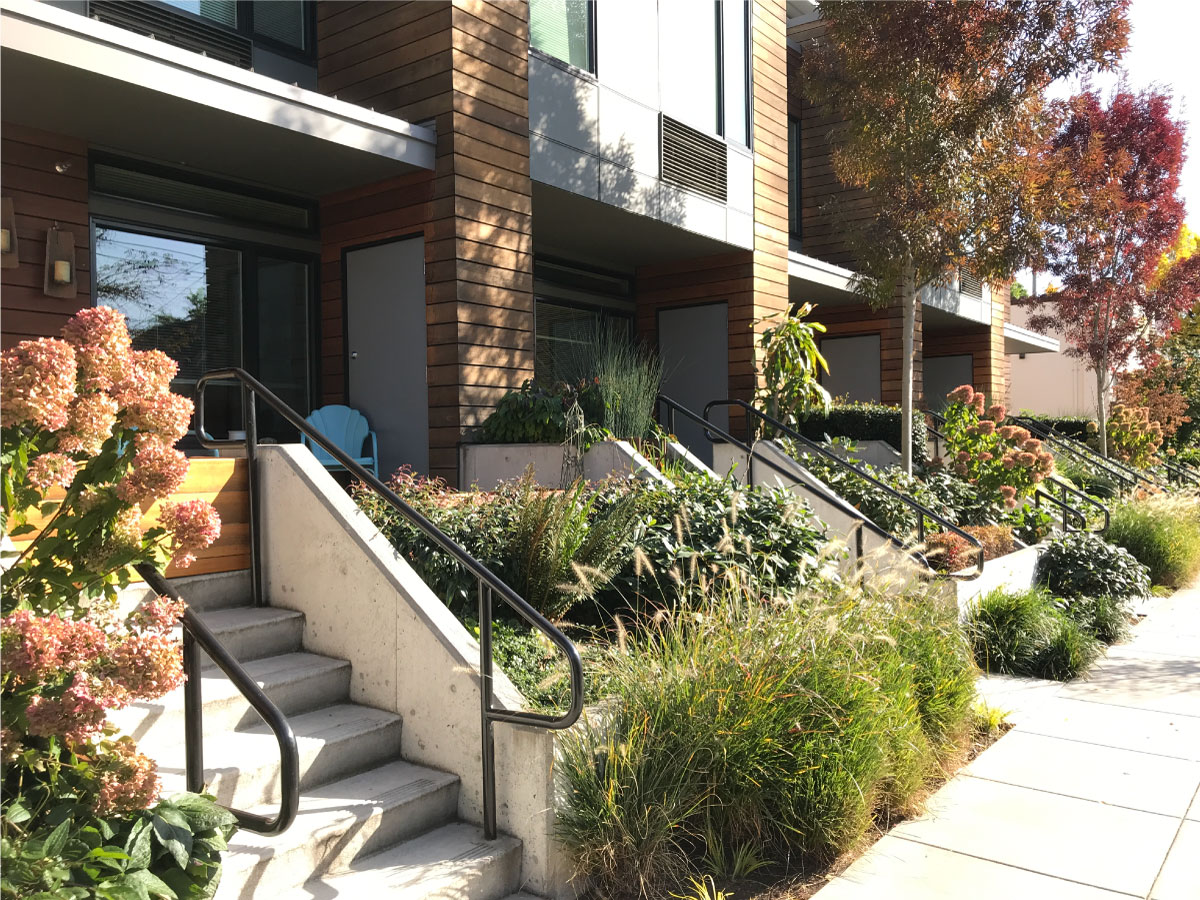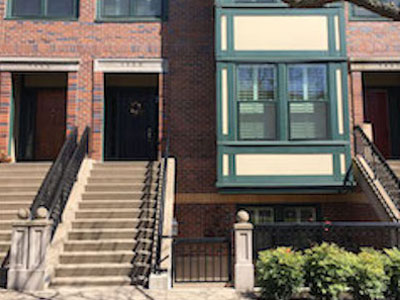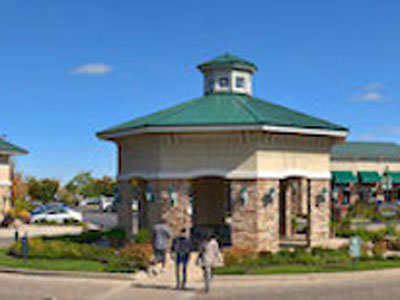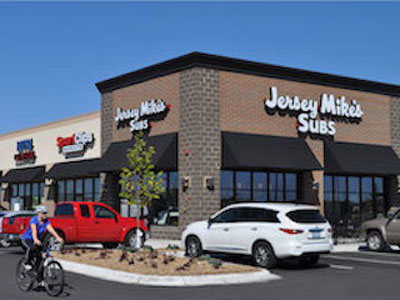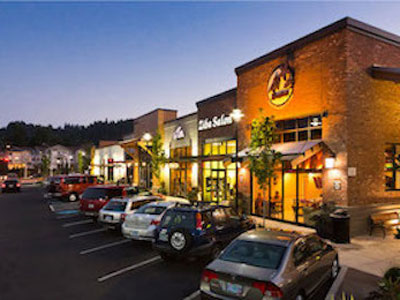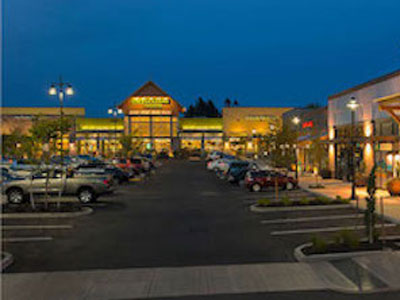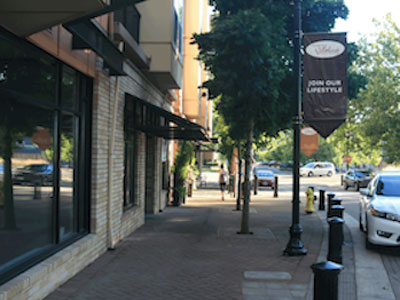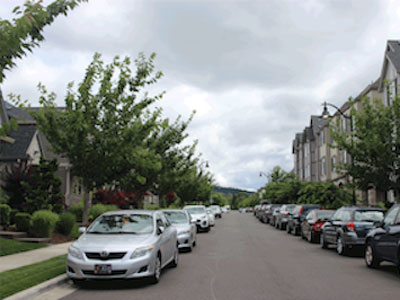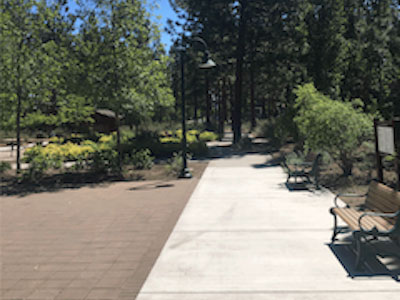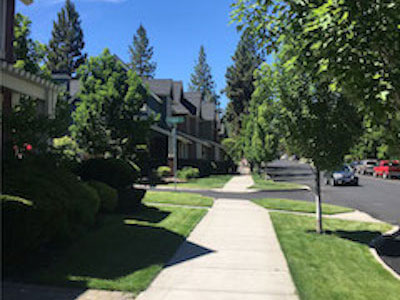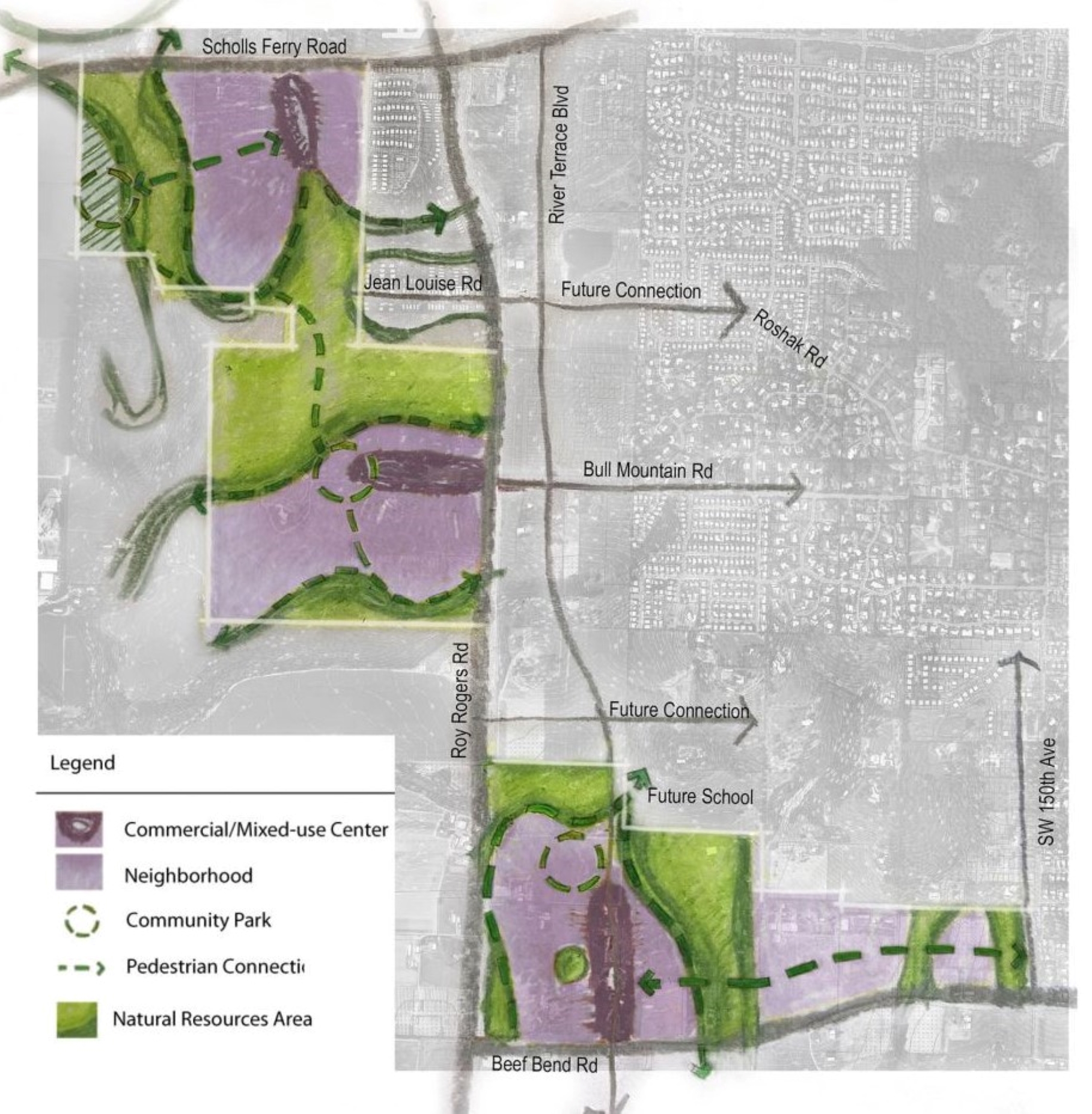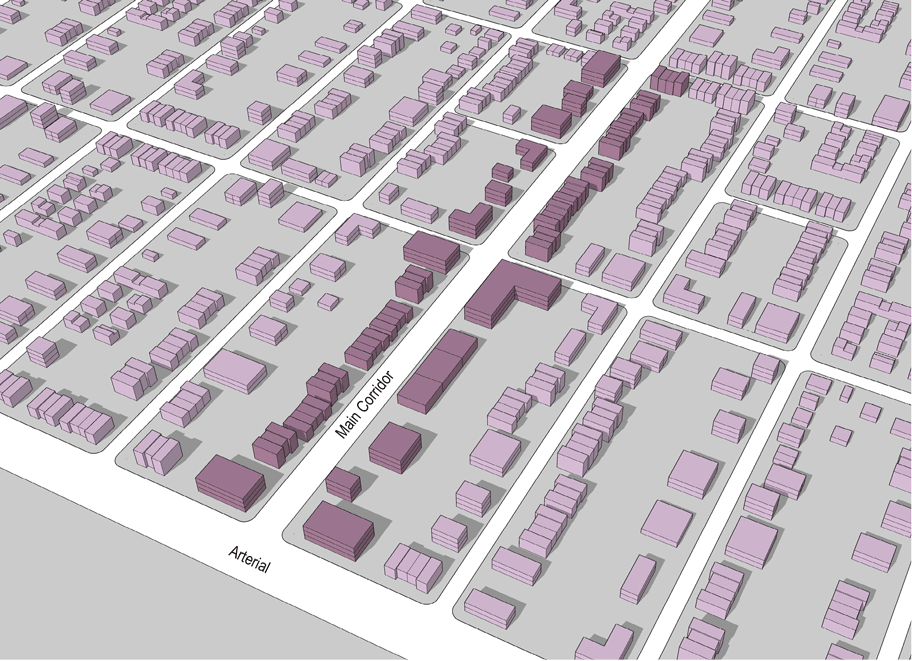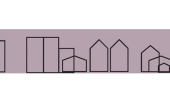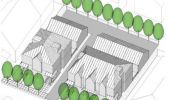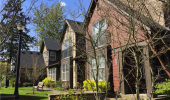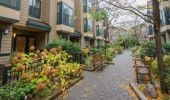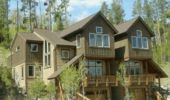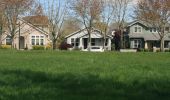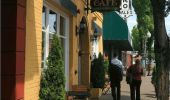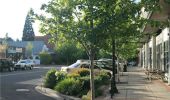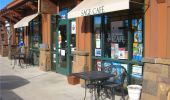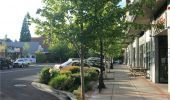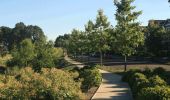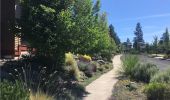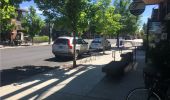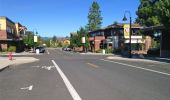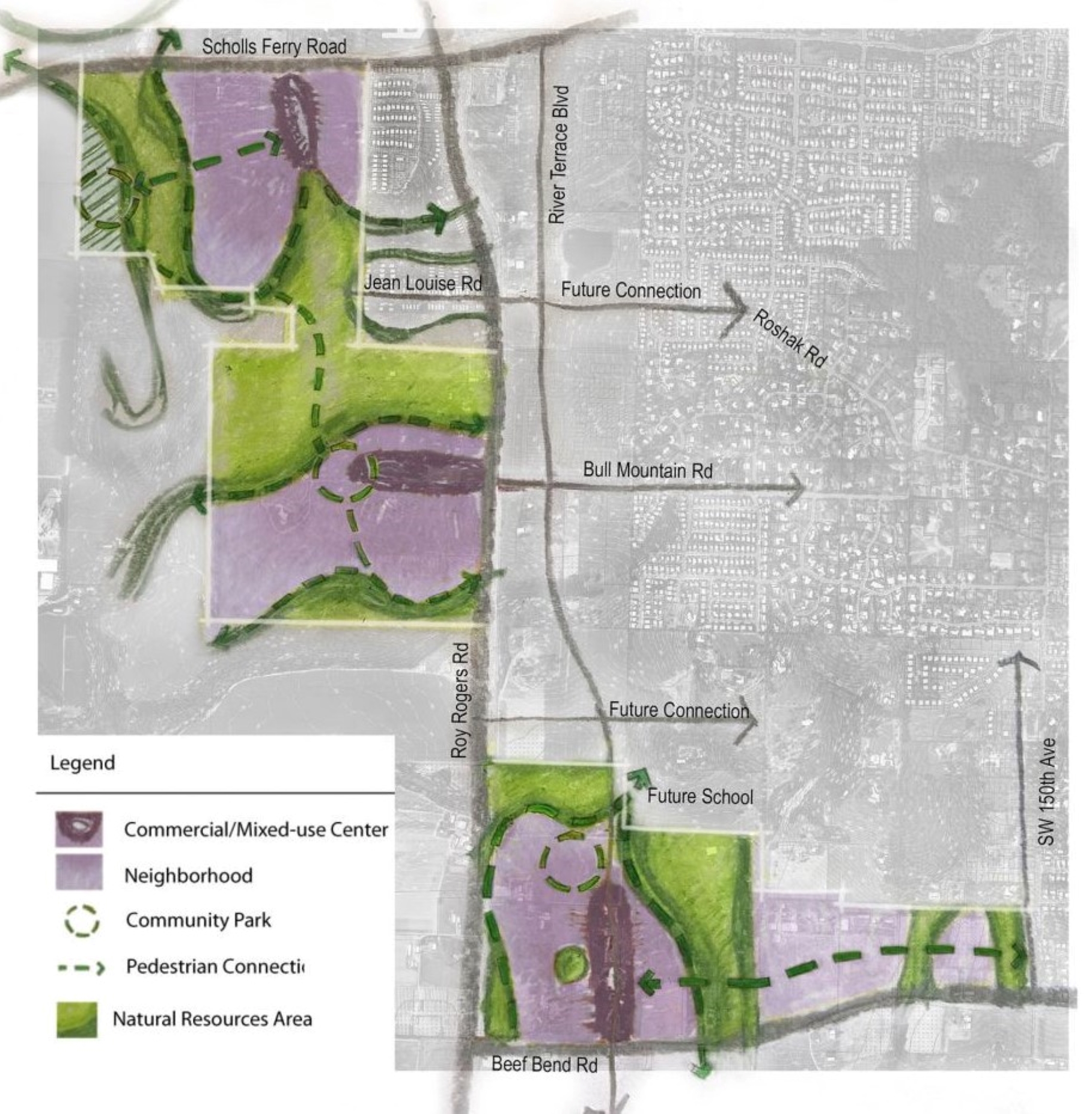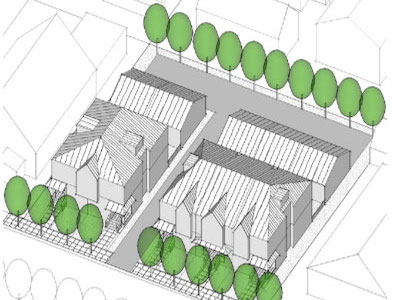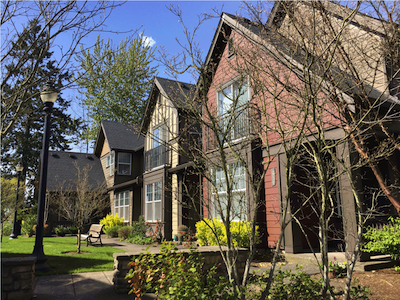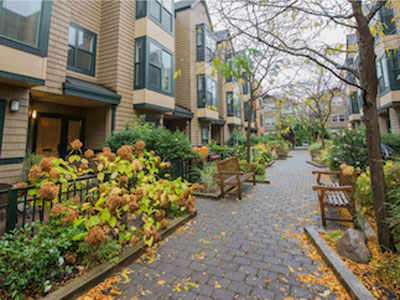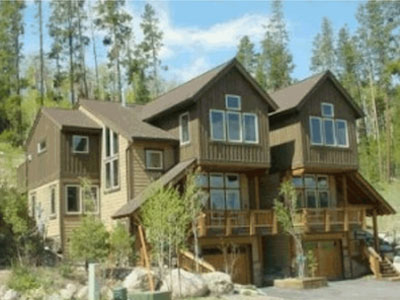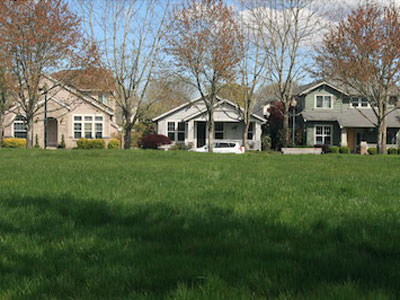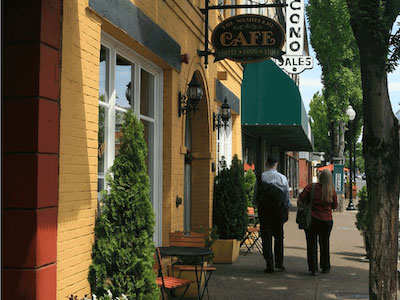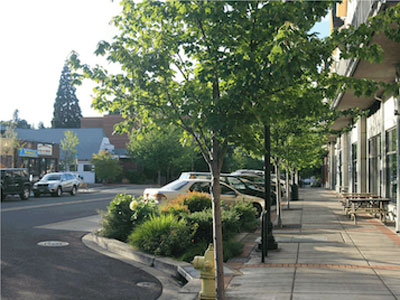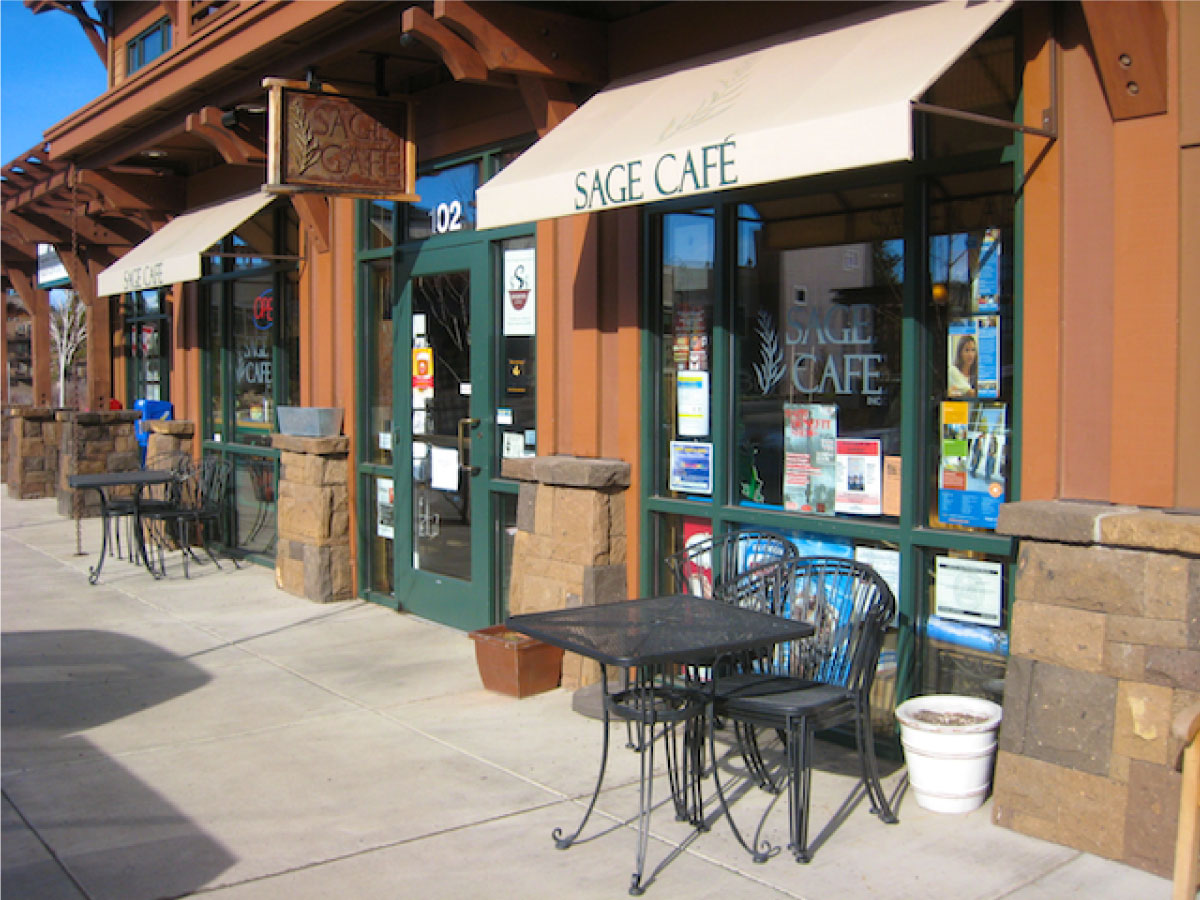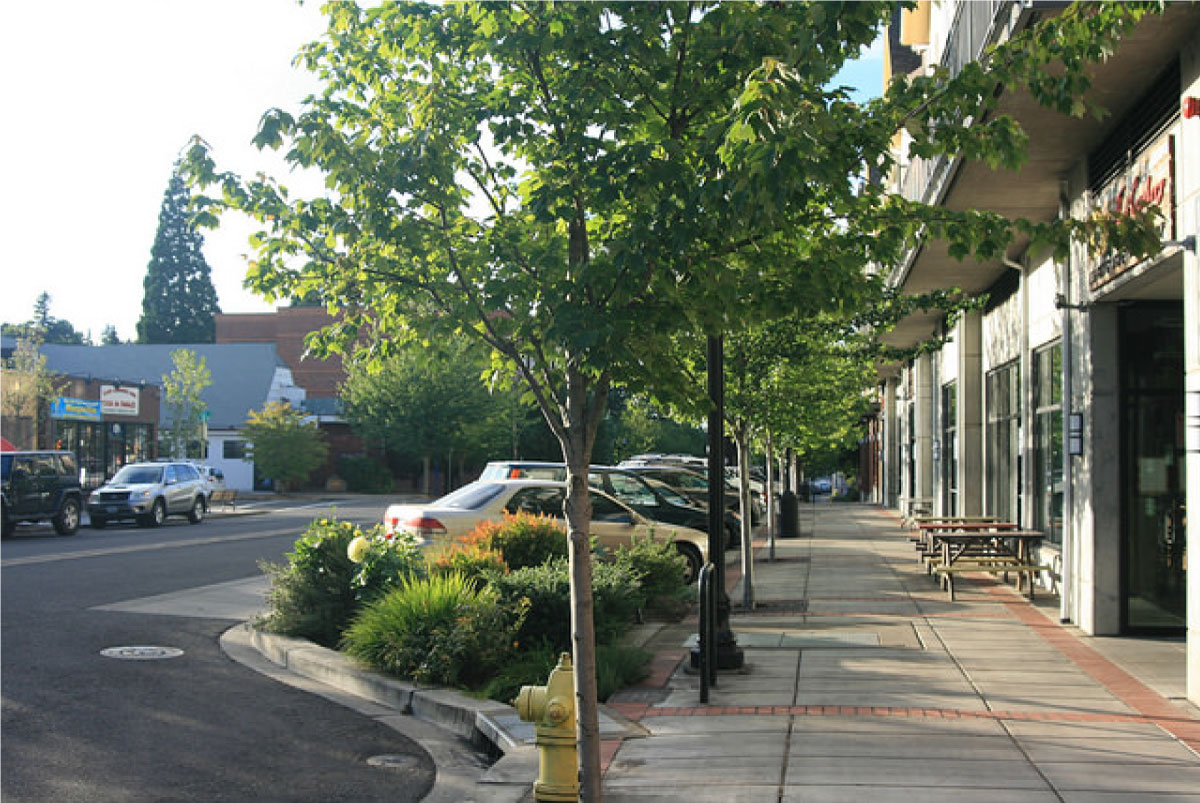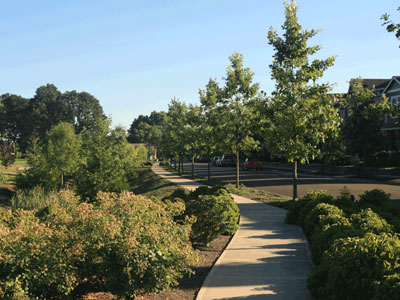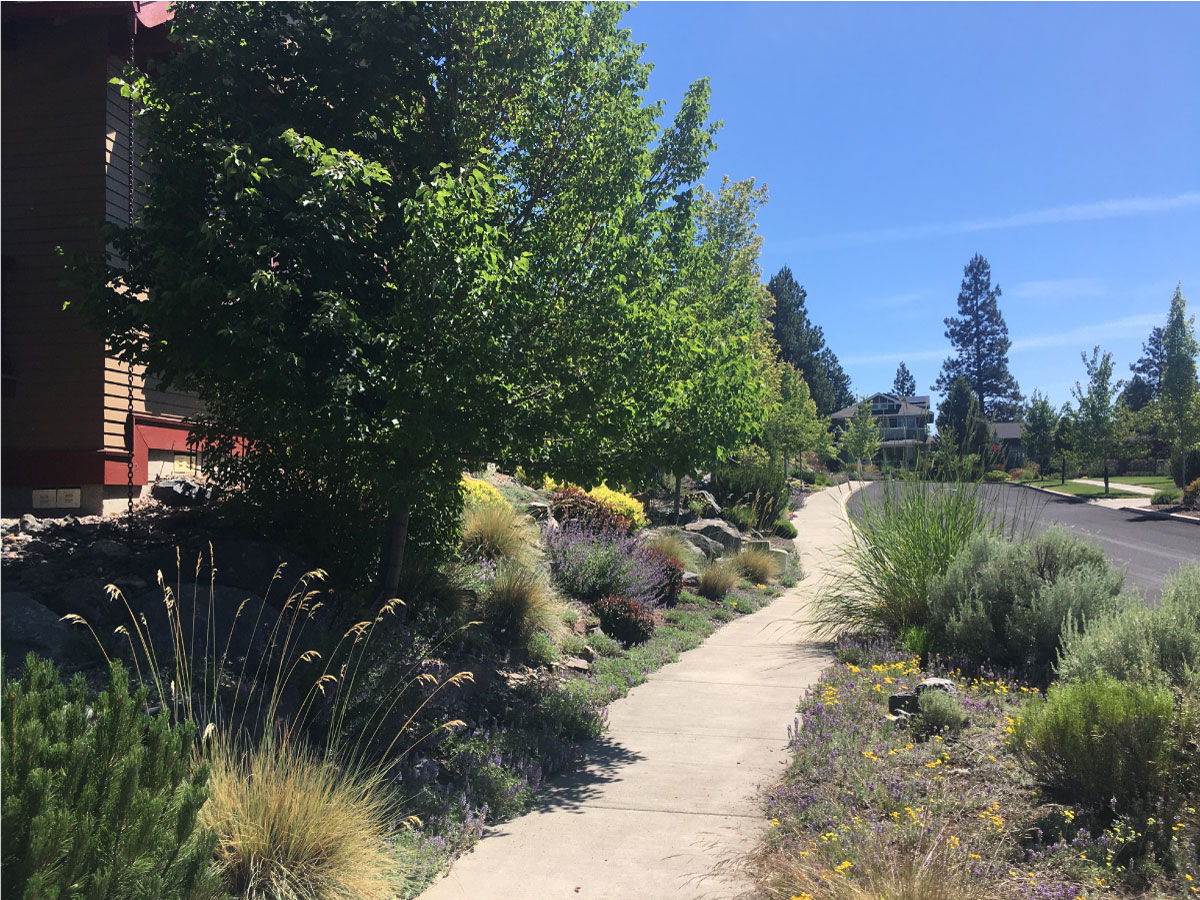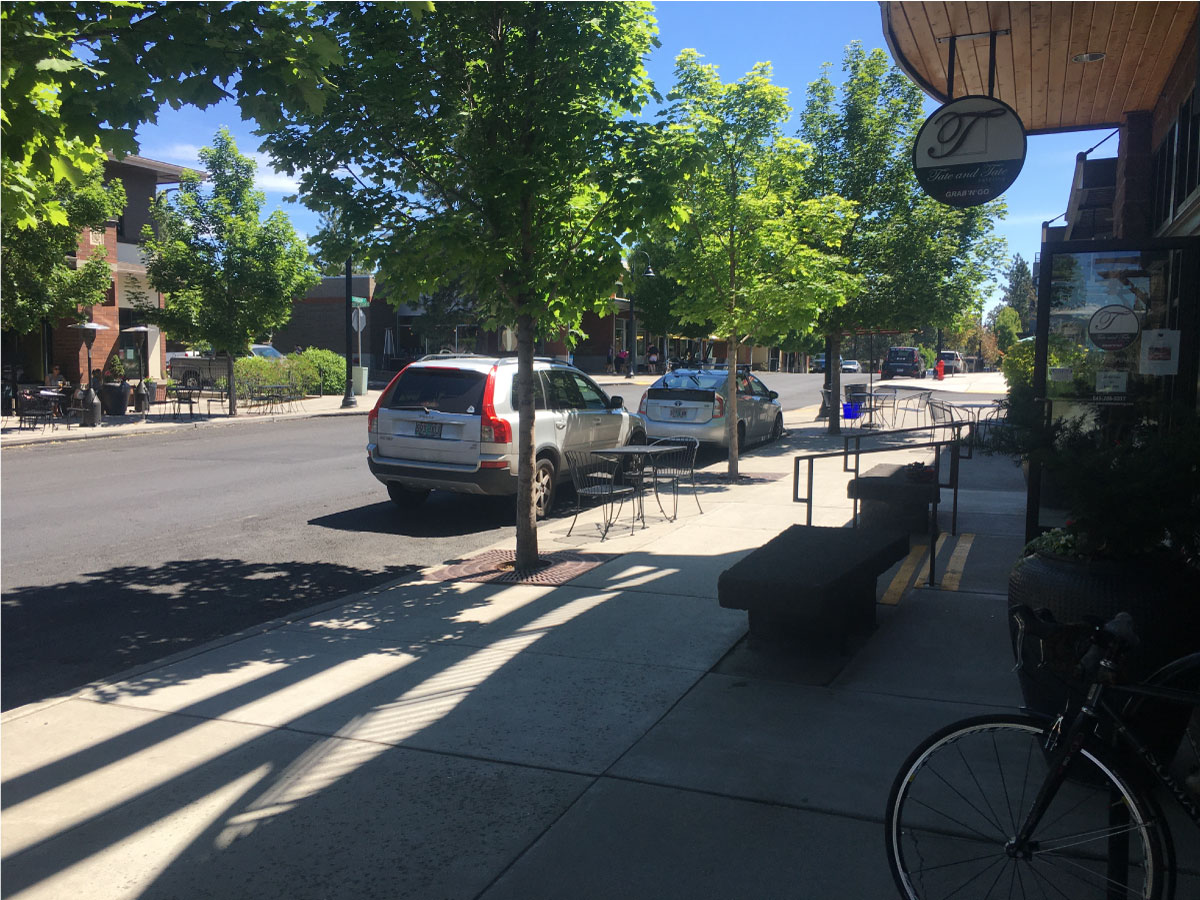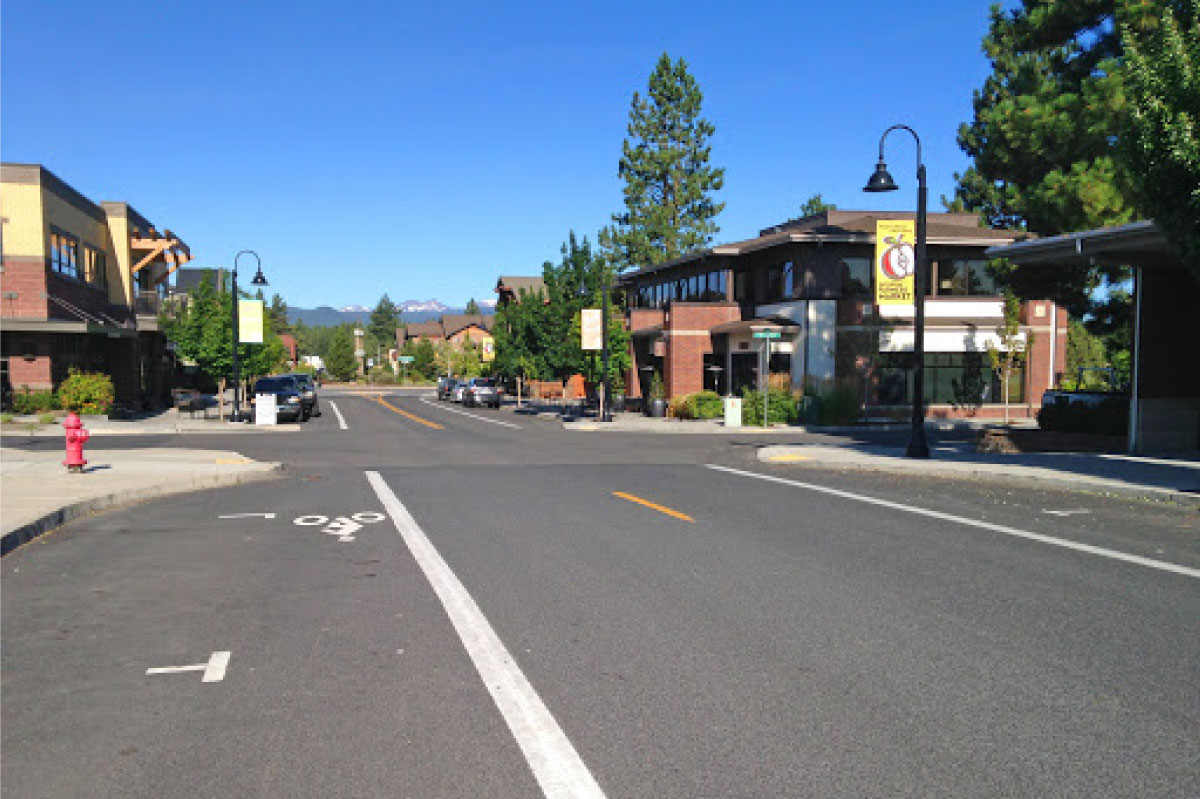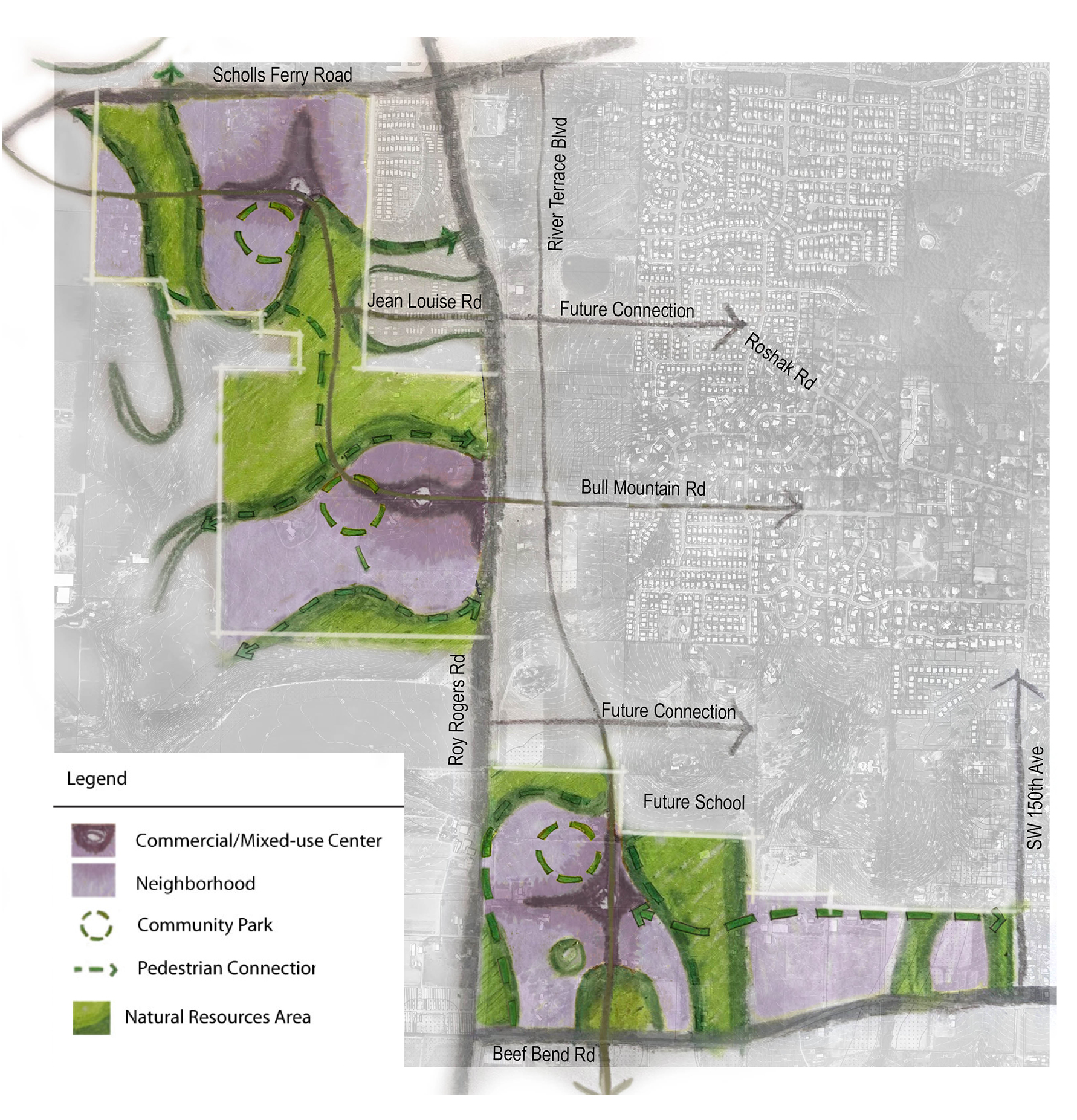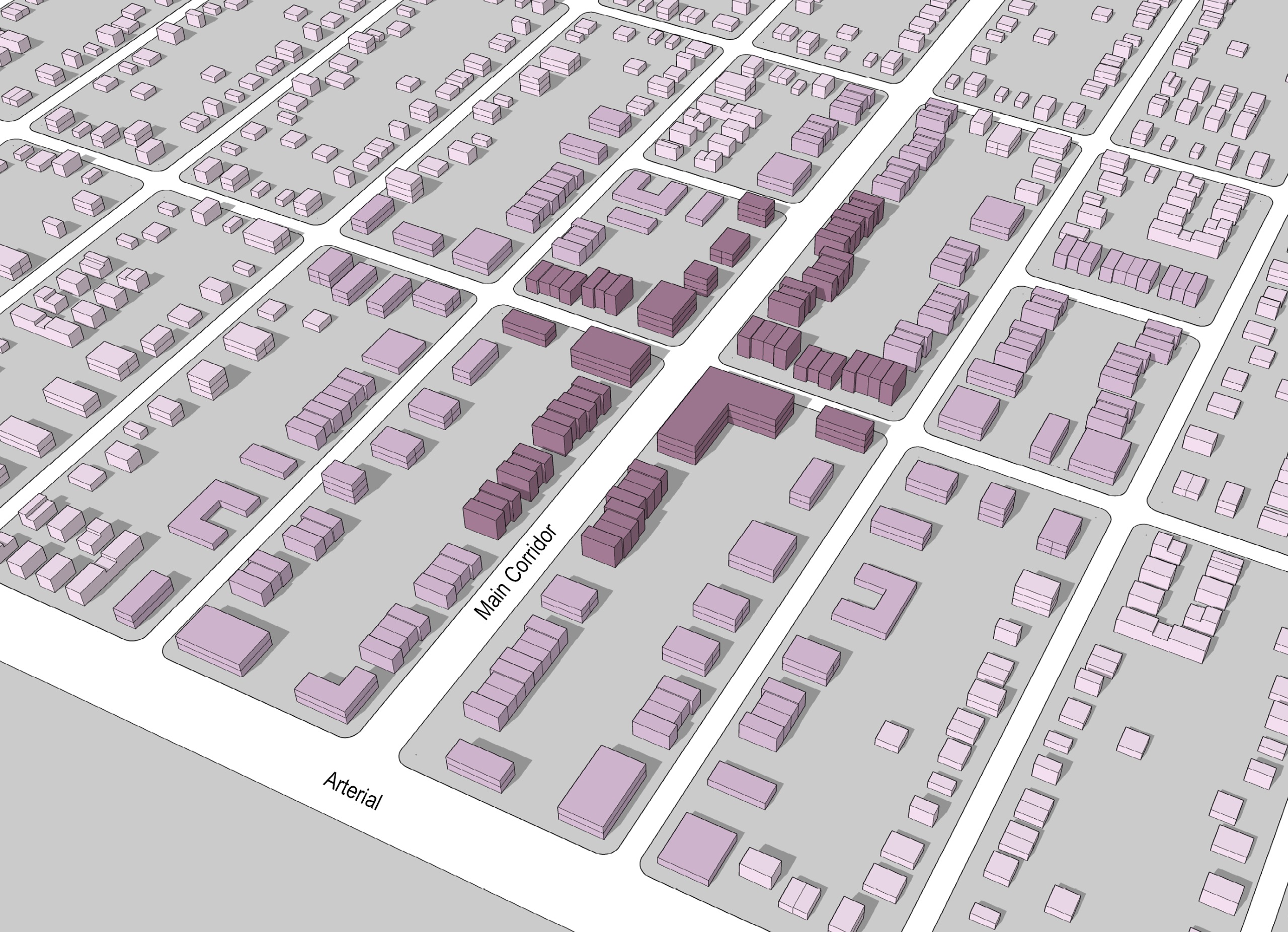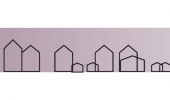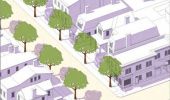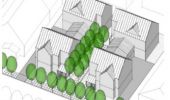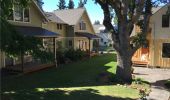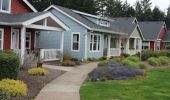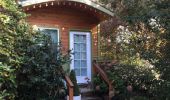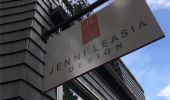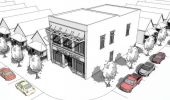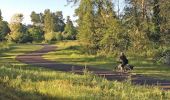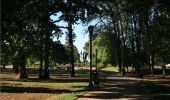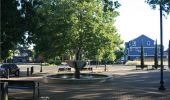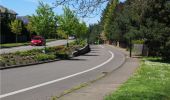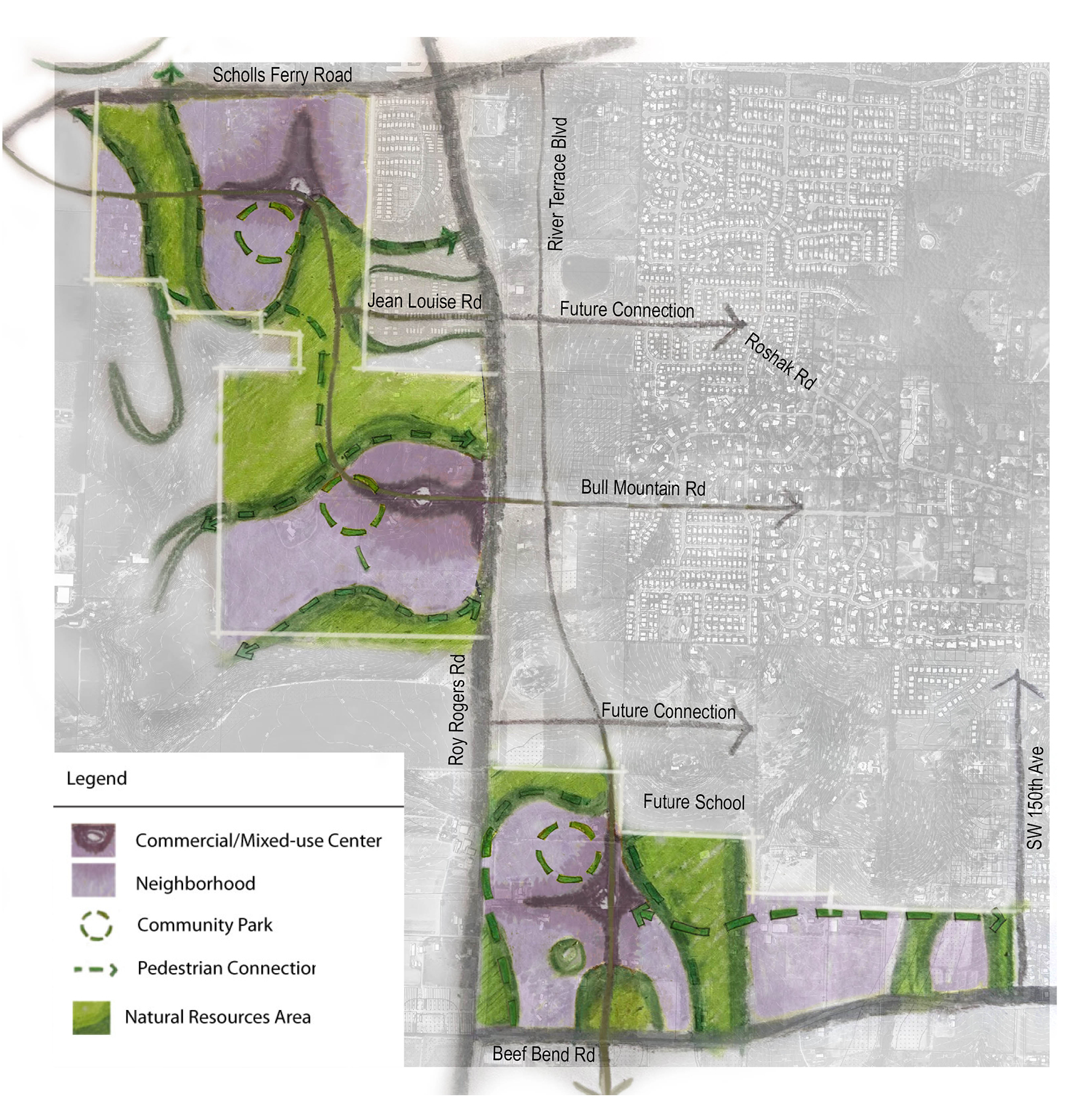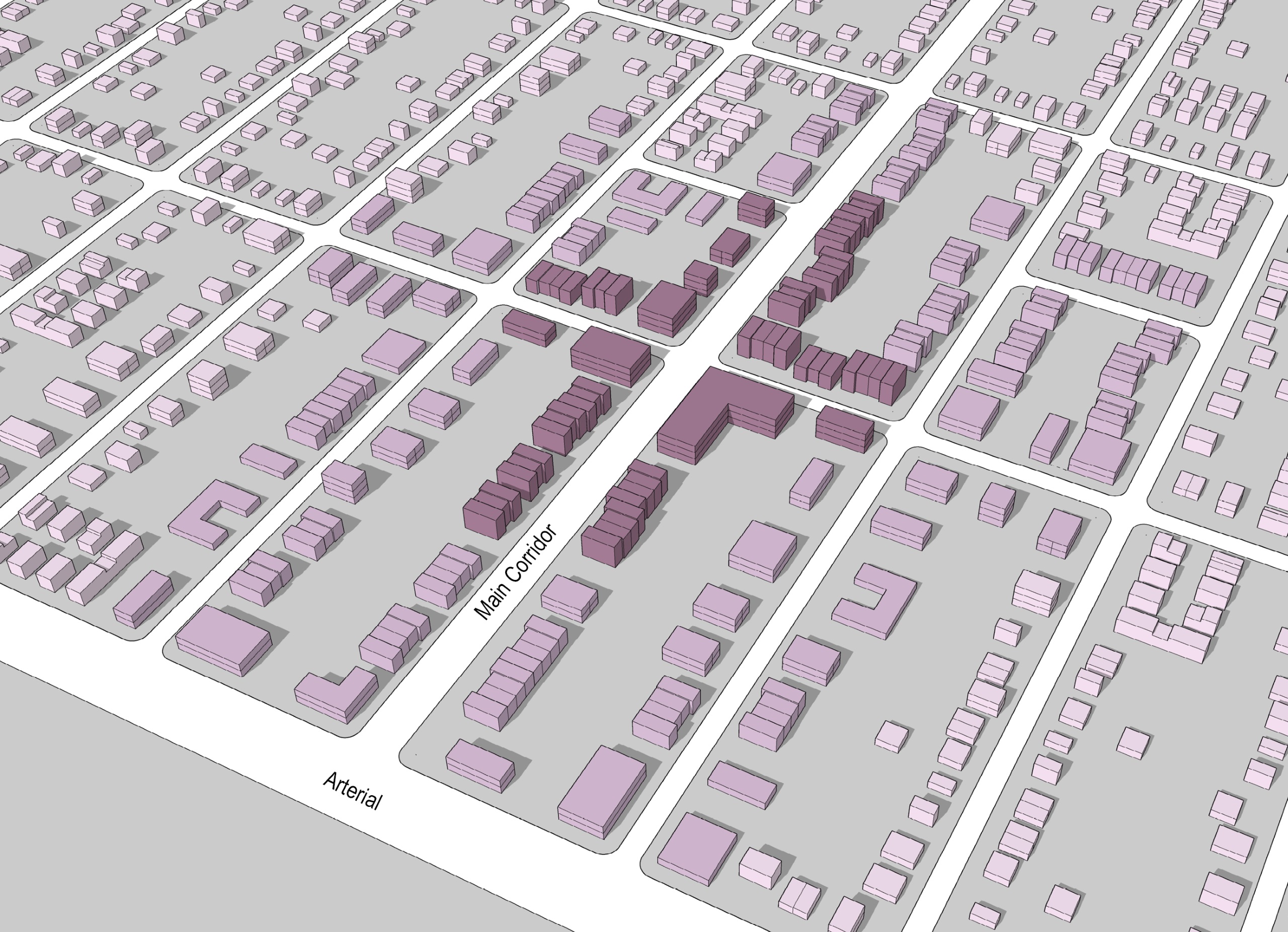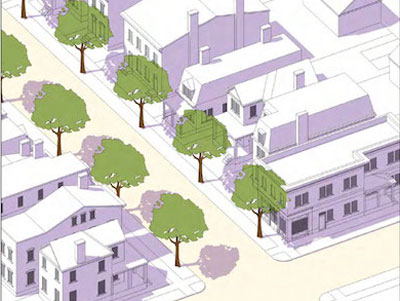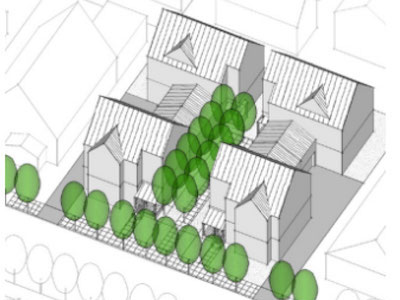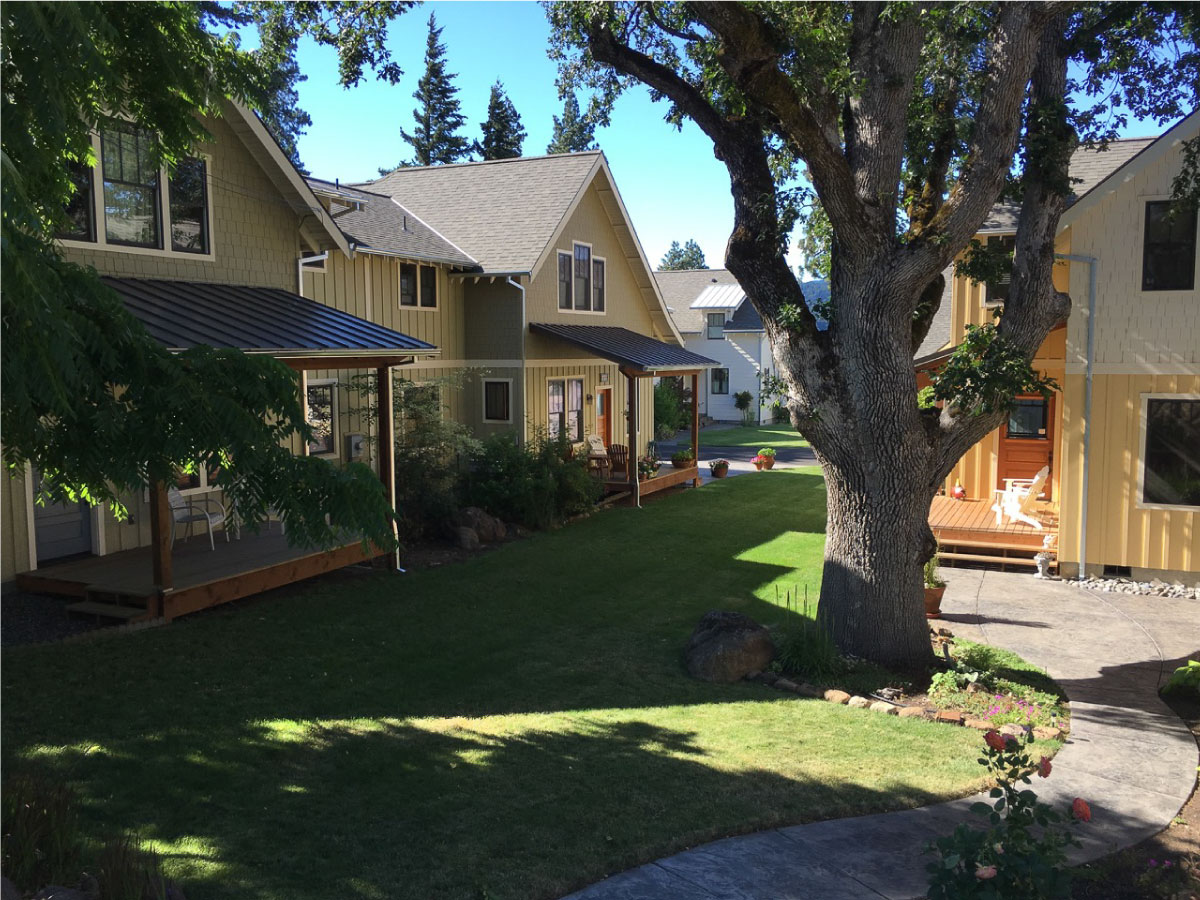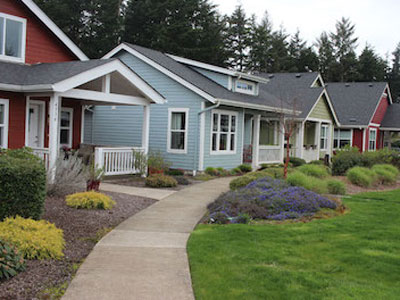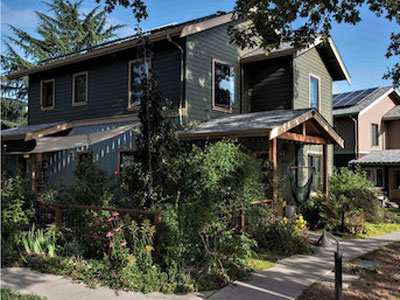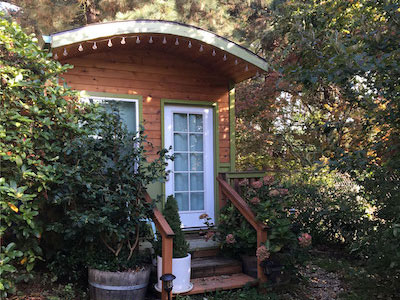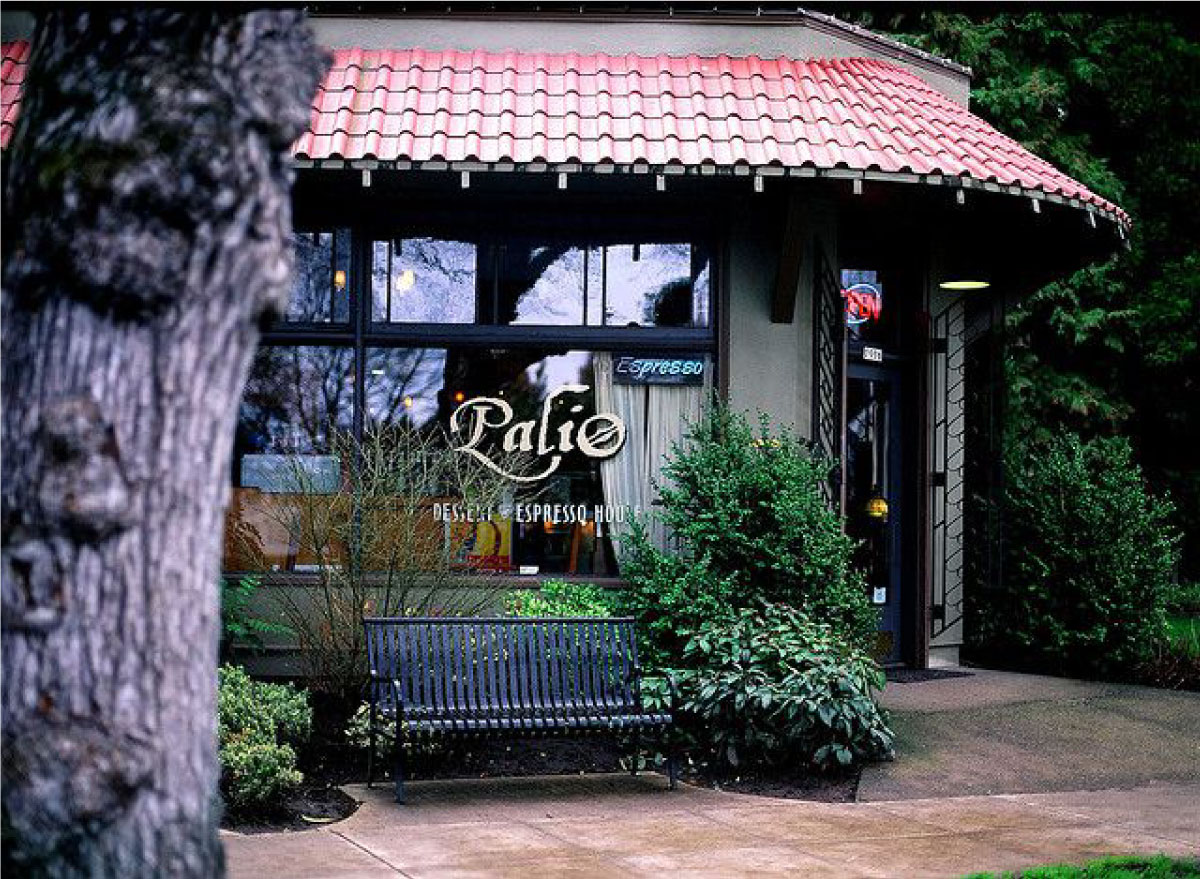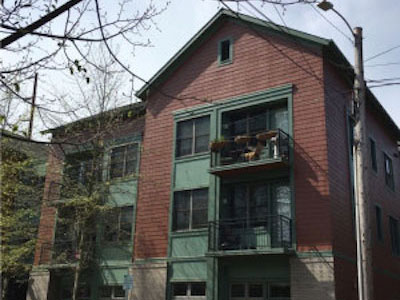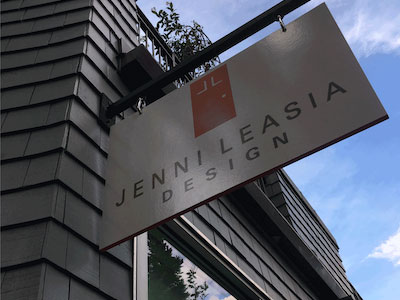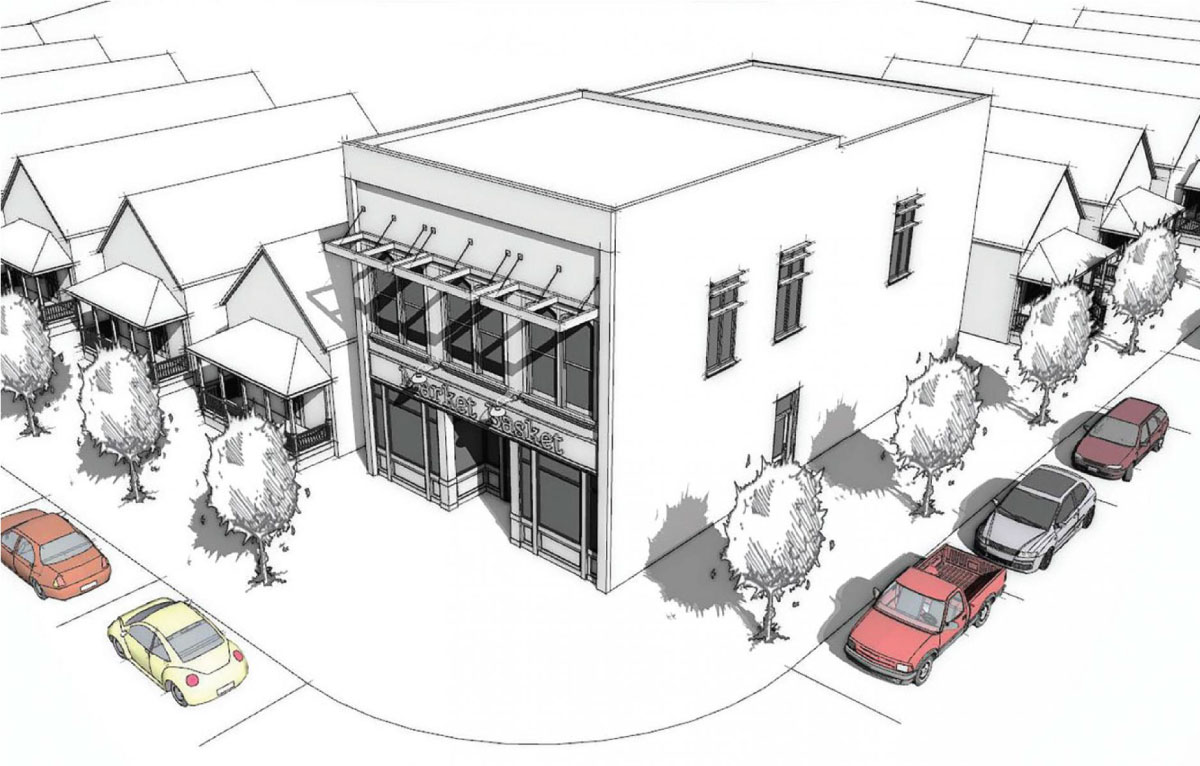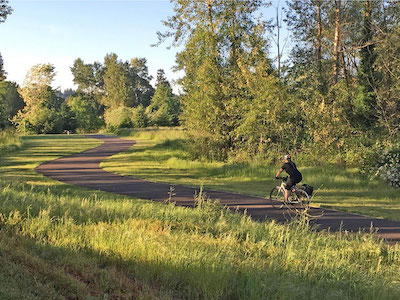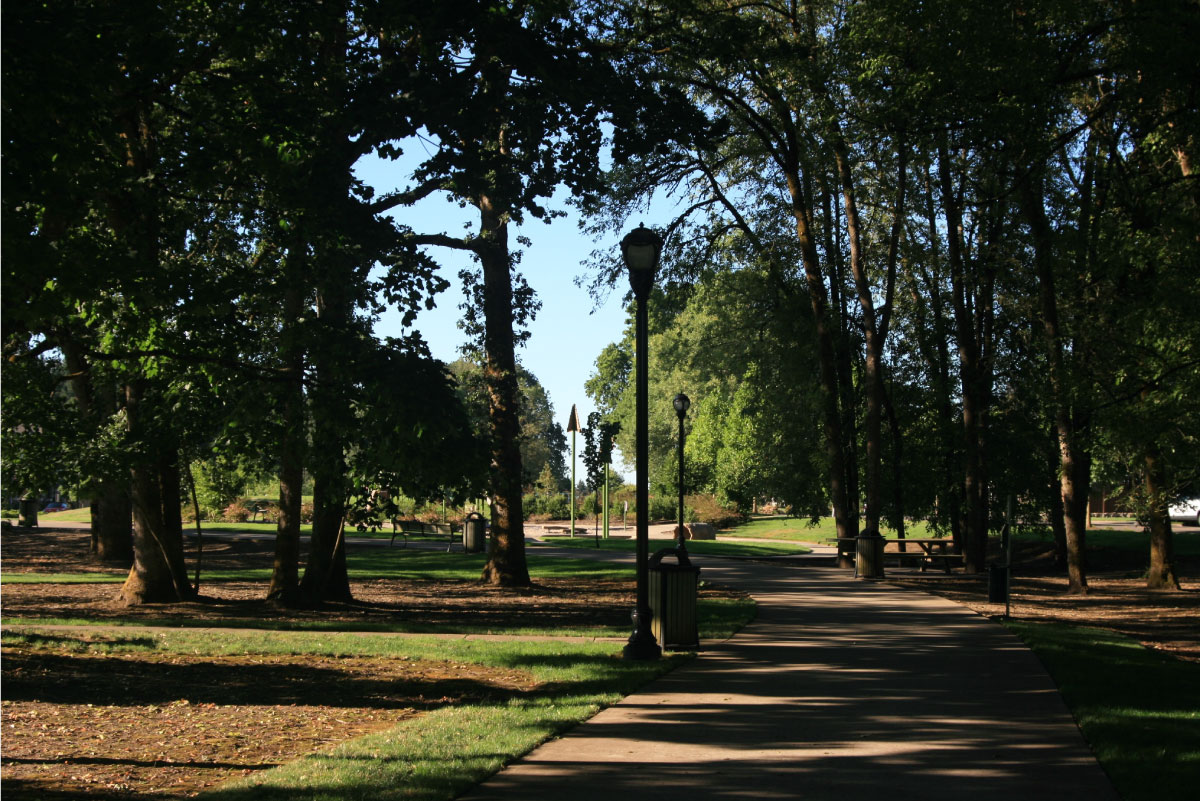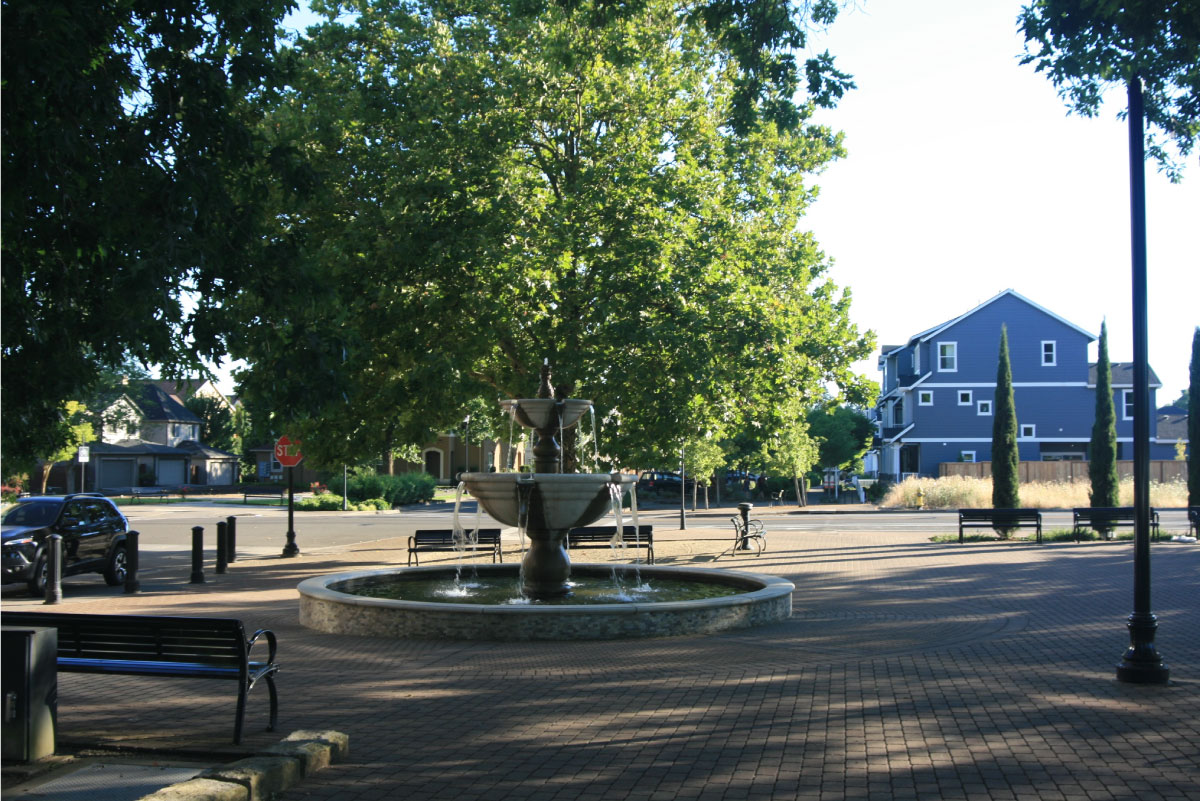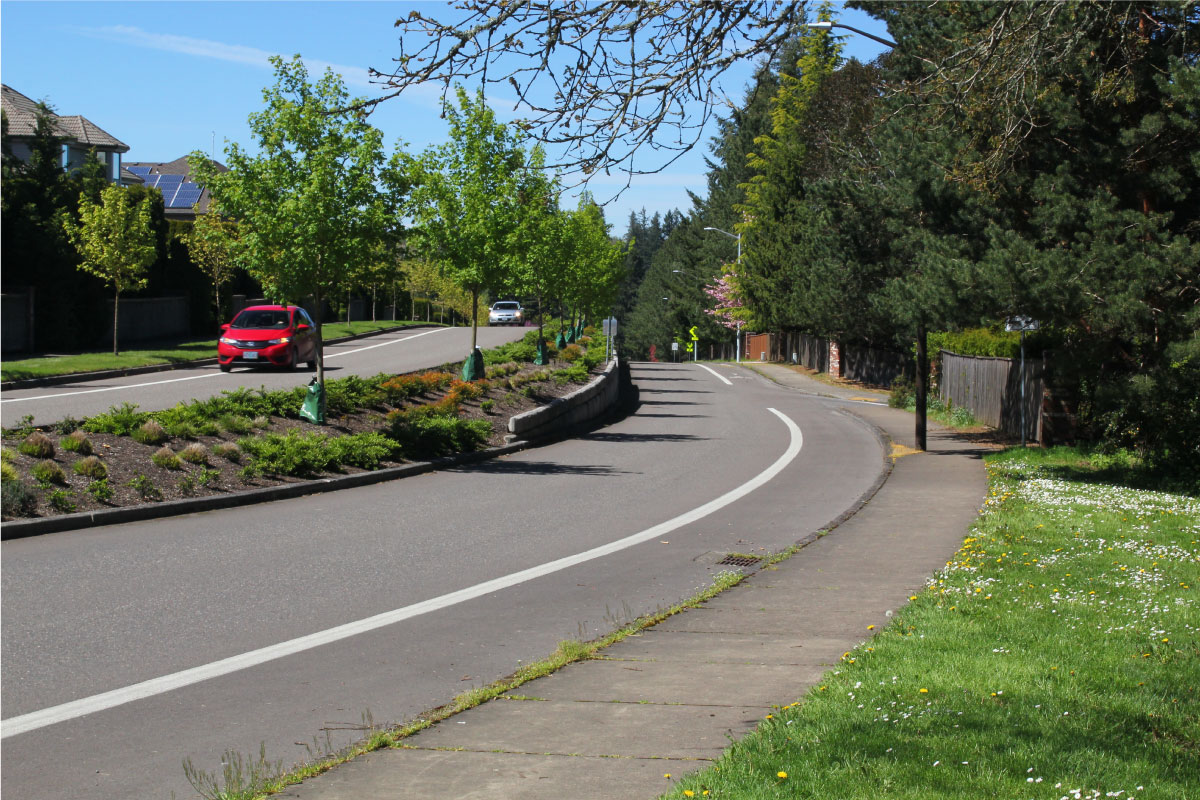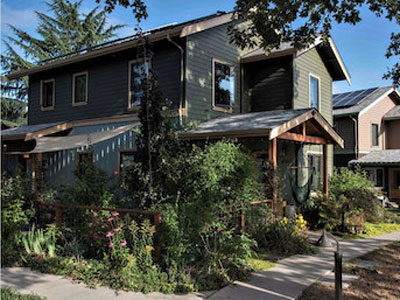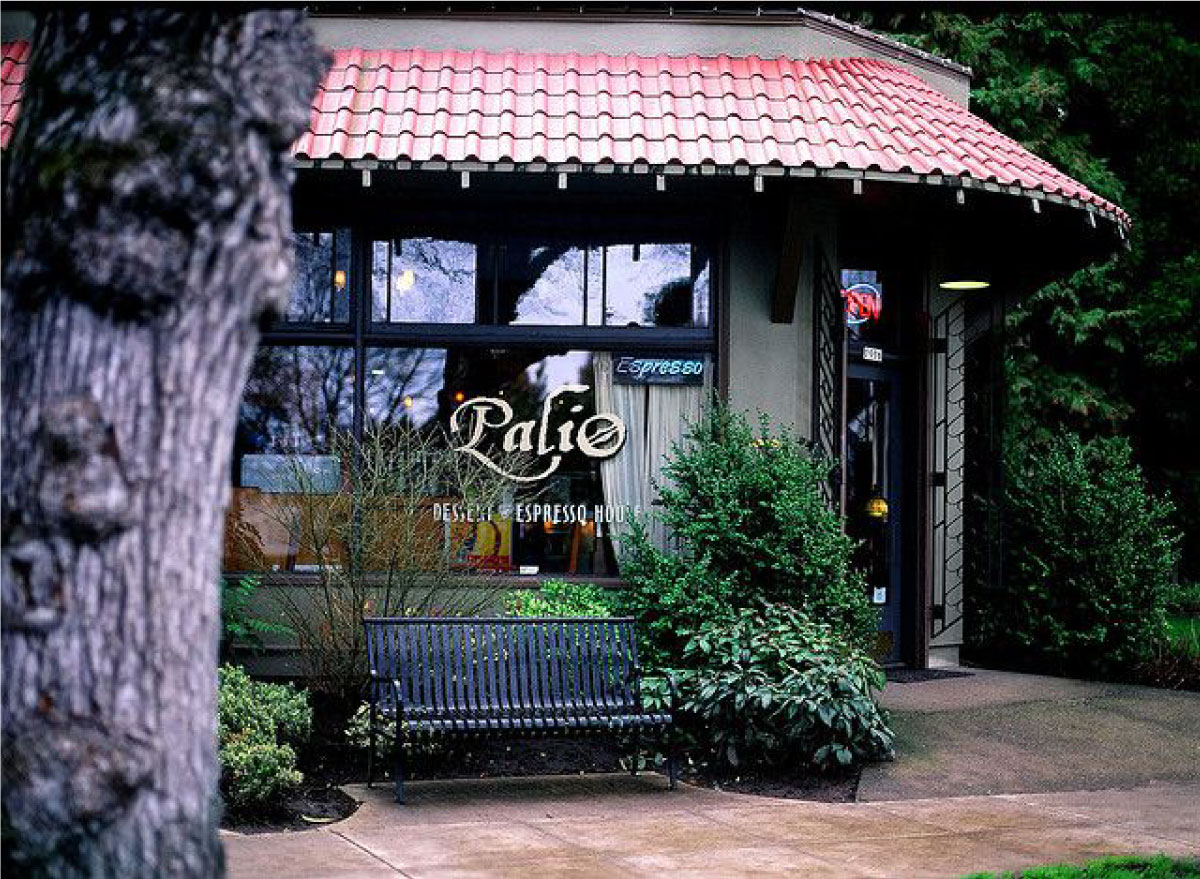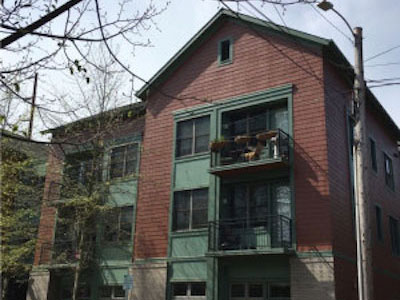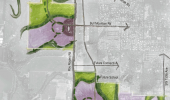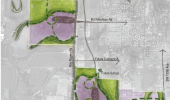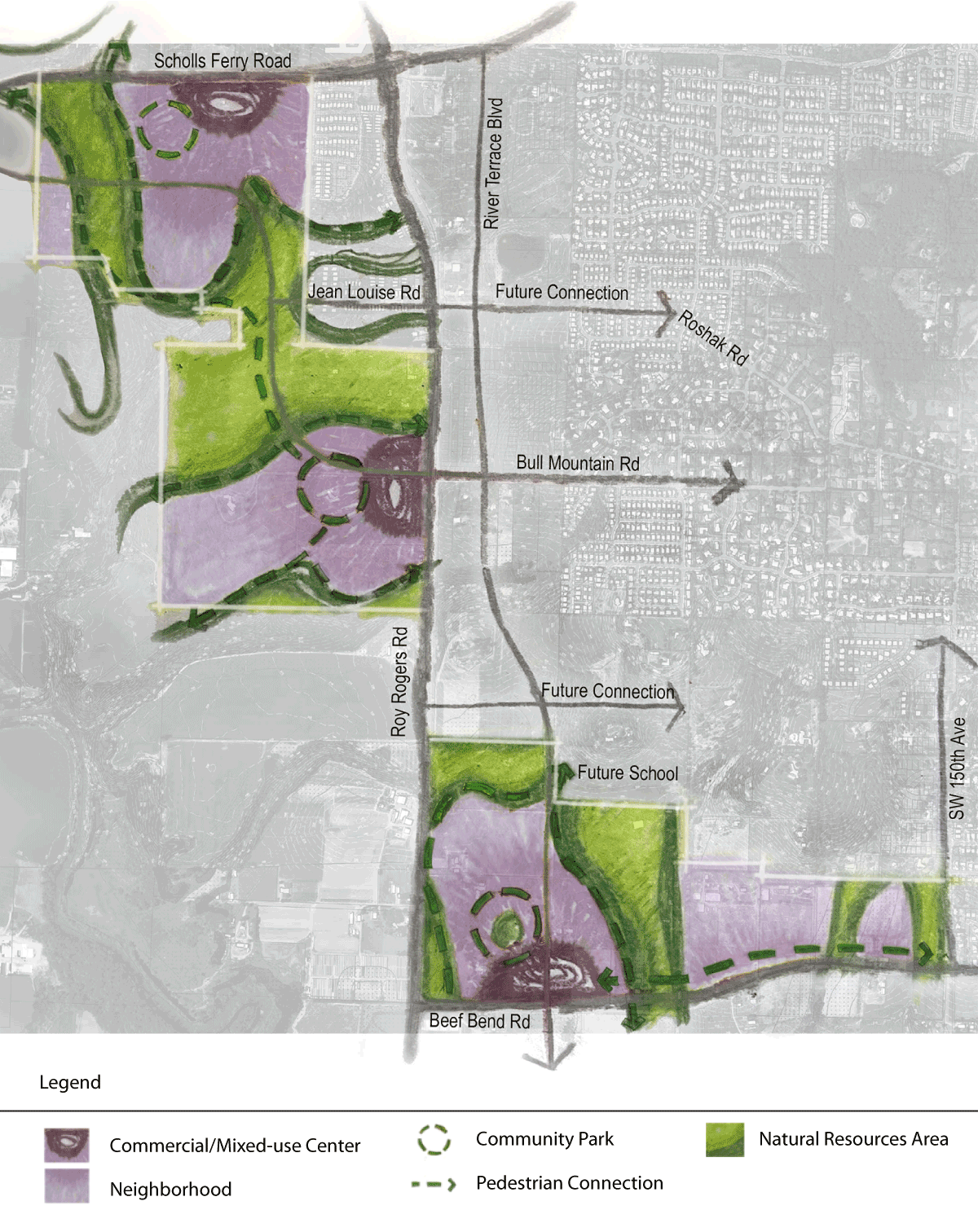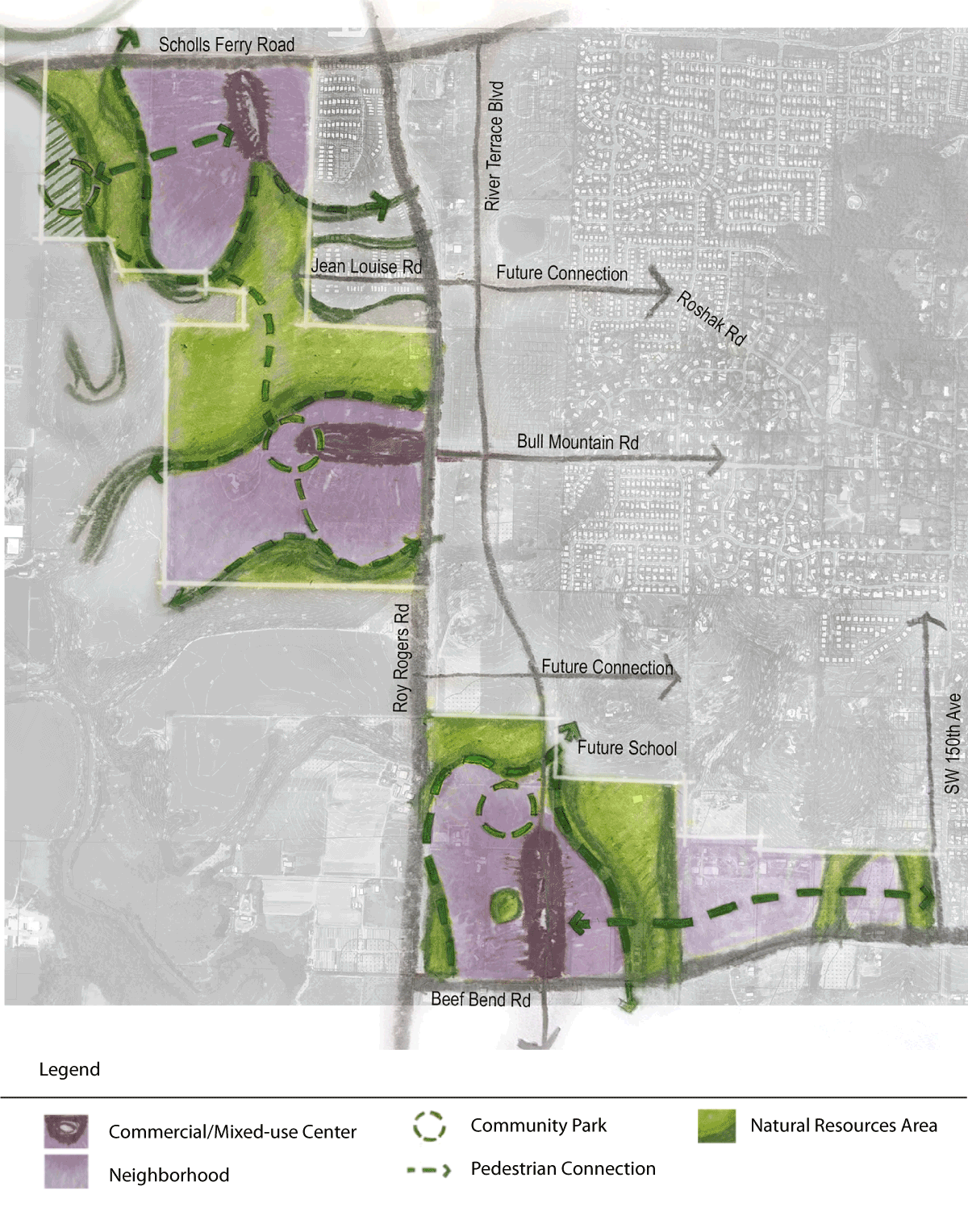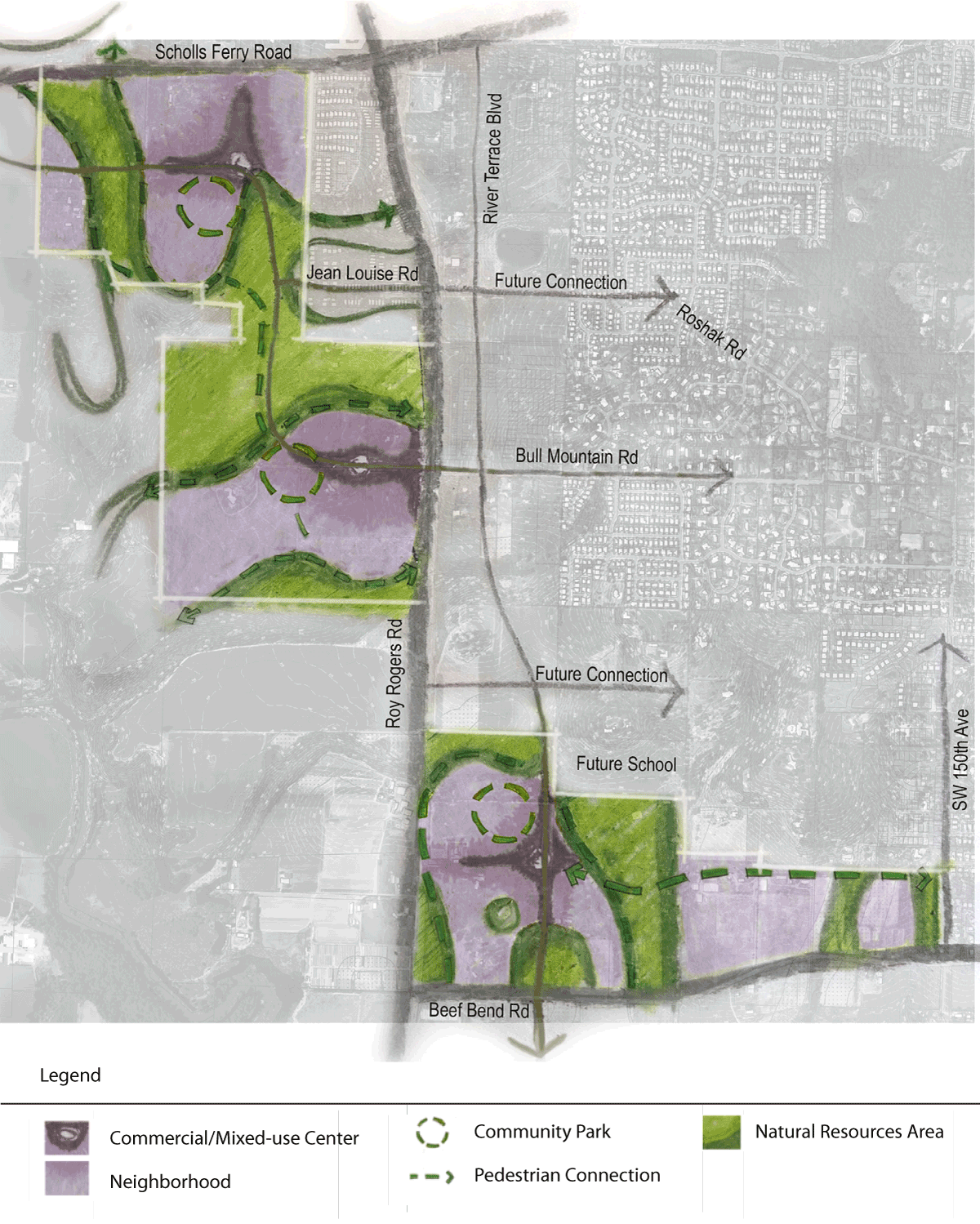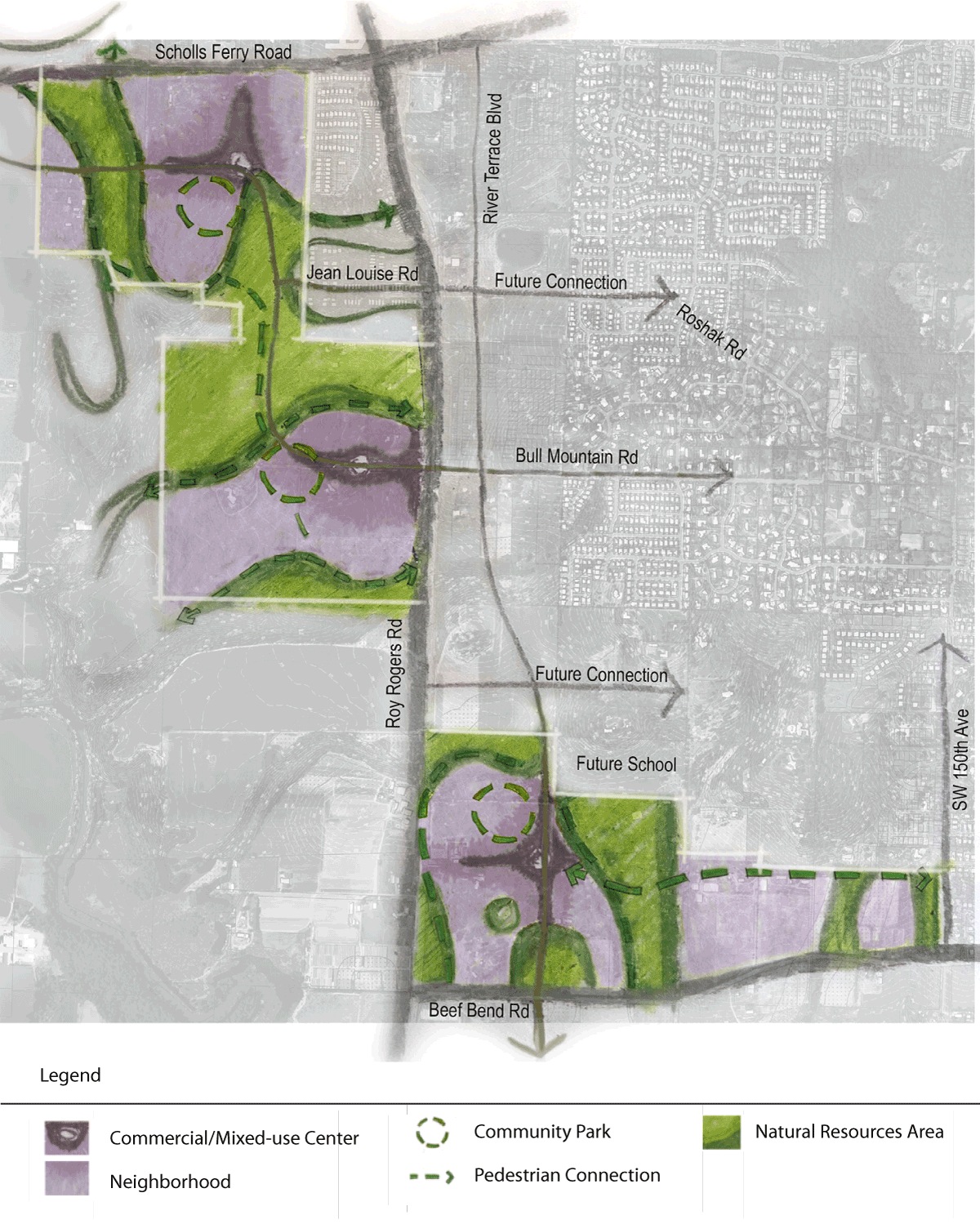Stations
This online open house should take about ten minutes. Click or tap "Get Started" above — or use the links below to skip to specific information.






= Page includes questions or opportunities for comment.
Image gallery contents:
A concept plan is the first step in planning and eventually creating a new neighborhood. Some things concept plans consider:
- Transportation options such as roads, public transit, and bike lanes
- Connections to neighboring cities
- Patterns of development and land use
- Housing options
- Natural resources like streams, tree groves, and wildlife habitat
- Parks, open spaces, and trails
- Public utilities like water and sanitary sewer
- Stormwater management
Over the past few months, the Community Advisory Committee and the project team have discussed what makes a neighborhood great and created the following vision statement for River Terrace 2.0:
River Terrace 2.0 is a neighborhood for everyone and a complete community. It offers housing opportunities to the full diversity of Tigard’s families and households. This community is made complete by providing space for small businesses and a thriving local economy, a variety of housing options, and accessible parks and open spaces. The transportation system treats all modes equally, with walking and biking trails throughout the community, a road system that emphasizes safety and regional access, and a development pattern that supports an efficient public transit system. Public spaces and parks offer places for the community to gather. Natural areas are protected and enhanced to emphasize habitats and scenic views. Public utilities are designed to maximize cost-efficiency and long-term fiscal sustainability. The costs of necessary infrastructure are shared in an equitable manner.
Image gallery contents:
Concept A Sketch
Concept A
Simulated aerial
Concept A
Profile
Concept A
Housing Near the Center
Concept A
Multiplex
Concept A Housing
Example image 3/4
Concept A Housing
Example image 2/4
Concept A Housing
Example image 4/4
Concept A Housing
Example image 1/4
Concept A Commercial
Example Image 4/4
Concept A Commercial
Example Image 1/4
Concept A Commercial
Example Image 2/4
Concept A Commercial
Example Image 3/4
Concept A Transportation
Example Image 2/4
Concept A Transportation
Example Image 1/4
Concept A Transportation
Example Image 3/4
Concept A Transportation
Example Image 4/4
- Near the commercial center is larger housing forms like multi-story apartments and condominiums potentially mixed with small office, retail, and community services
- Moving away from the commercial center, housing transitions to a mix of rowhouses, triplexes, and quads
- Closer to the natural edges are areas with smaller housing forms such as single-detached houses, duplexes, small cottages, and courtyard apartments, all with a maximum height between 1 and 2.5 stories tall
Housing Examples
(Click images to enlarge.)
- Large retail anchor with smaller shops surrounding, located to maximize visibility and access from major streets.
- This development type lends itself to “horizontal” mixed, use, with single-story commercial located near multi-story residential. This results in larger buildings with surface parking lots that can be occasionally be used for community use (e.g. farmers' markets, festivals, etc.)
- Commercial center draws visitors and users from both within the neighborhood and from the larger area of Tigard, Beaverton, and King City.
Commercial Center Examples
(Click images to enlarge.)
- Transit route would most likely run along Scholls Ferry, Roy Rogers, and/or Beef Bend, with stops at the commercial centers and along the major roads.
- Commercial centers would include large surface parking lots.
- Pedestrian and bicycle connections in the neighborhood would include trails, sidewalks, and bike lanes, and would connect to the rear of the commercial area.
Transportation Examples
(Click images to enlarge.)
Image gallery contents:
Concept B
Sketch
Concept B
Simulated aerial
Concept B
Profile
Concept B
Rowhouses
Concept B Housing
Example image 1/4
Concept B Housing
Example image 2/4
Concept B Housing
Example image 3/4
Concept B Housing
Example image 4/4
Concept B Commercial
Example Image 1/4
Concept B Commercial
Example Image 2/4
Concept B Commercial
Example Image 3/4
Concept B Commercial
Example Image 4/4
Concept B Transportation
Example Image 1/4
Concept B Transportation
Example Image 2/4
Concept B Transportation
Example Image 3/4
Concept B Transportation
Example Image 4/4
- Housing forms are between 1 and 3 stories throughout. However, taller, 2-3 story building form and “stacked” housing types will likely be concentrated along the corridors, with the majority of lower 1-2 story form and side by side housing types dispersed elsewhere in the neighborhoods.
- A mix from block to block of narrow lots, rowhouses, single-detached houses, duplexes, triplexes, small cottages, and single-story courtyard apartments.
- Few or no large apartment buildings, more likely to be located along the corridors.
- Focus on pedestrian experience with garden-character frontage, planted stoops, and traditional front porches.
- Homes front on common greens (shared green space) in addition to streets
- Garages are located on alleys where possible.
Housing Examples
(Click images to enlarge.)
- Traditional “streetcar suburb” main street with nature nearby.
- Few or no large commercial developments, with an emphasis on neighborhood activity.
- Intimate pedestrian-scale signage, outdoor merchandising, and sidewalk gathering spaces.
- Some small civic spaces like plazas and libraries could be included along the main street.
- A mix of smaller-footprint storefronts, offices, and services, some with residential living above including live-work.
- Smaller ground floor commercial spaces can be combined in multiple bays for greater flexibility.
- Flexible mix of uses along the main streets, with a mix of on-street parking for customers and off-street parking for employees.
- Parking lots behind buildings.
- Opportunity for gateway treatment where neighborhood corridor meets major streets.
- Natural areas are visually incorporated into the core areas.
- Rain gardens, native plants, and art could populate the main street.
Commercial Center Examples
(Click images to enlarge.)
- Main streets are friendly to all modes of transportation, with wide sidewalks, bike lanes, auto lanes, and transit stops.
- Transit service could be provided at the edges of the neighborhood along Sholls Ferry, Roy Rogers, and/or Beef Bend OR it could be provided within the neighborhood along the "main street" corridors.
- Off-street paths for pedestrians and bicycles connect at the main street for easy access.
Transportation Examples
(Click images to enlarge.)
Image gallery contents:
Concept C
Sketch
Concept C
Simulated aerial
Concept C
Profile
Concept C
Housing near the centers
Concept C
Housing concept cottage cluster
Concept C Housing
Example image 1/4
Concept C Housing
Example image 2/4
Concept C Housing
Example image 3/4
Concept C Housing
Example image 4/4
Concept C Commercial
Example Image 1/4
Concept C Commercial
Example Image 2/4
Concept C Commercial
Example Image 3/4
Concept C Commercial
Example Image 4/4
Concept C Transportation
Example Image 1/4
Concept C Transportation
Example Image 2/4
Concept C Transportation
Example Image 3/4
Concept C Transportation
Example Image 4/4
- There is a difference between size of housing from the center to the edge of the neighborhood
- Largest housing forms are at the center, and include a mix of rowhouses and mid-size apartments that are 2 to 3 stories tall and “stacked” dwelling units.
- Moving away from the center, housing types get smaller in form, with quadplexes and single-story courtyard apartments transitioning eventually to single-detached houses, duplexes, and cottages.
- The border of development with natural areas is soft and gradual (“feathered edges”)
- Shared open space, greens, preserved tree groves, small parks, and natural habitat areas are mostly at the edges of the neighborhood.
Housing Examples
(Click images to enlarge.)
- Commercial uses in the centers are most likely to be small retail, offices for residents who telecommute or use flex space, and some neighborhood services like barbers, salons, and small medical offices.
- There is a greater opportunity for “live-work homes” for entrepreneurs.
- Smaller ground floor commercial spaces can be combined in multiple bays for greater flexibility.
- “Pop up” and seasonal markets like farmers' markets may offer event-oriented retail.
- Greater potential for small food cart clusters, incubator business space, and co-working opportunities
Commercial Center Examples
(Click images to enlarge.)
- Transit service is most likely internal only, with stops at the neighborhood center where commercial activity is centered, connecting to regional transit routes at the edges of the neighborhood.
- Trailheads and easy access to nature is built into the neighborhood, with off-street trails and sidewalks connecting the center to the natural edges of the neighborhood.
- Commercial activity does not generate much out-of-area traffic, with most workers and patrons of the area coming from within the neighborhood.
Transportation Examples
(Click images to enlarge.)
Image gallery contents:
Concept A
Concept B
Concept C
What's next?
Your feedback will help us plan a great neighborhood! By late January we will have a more refined concept ready for more public review.
Join us for office hours!
Have questions about the River Terrace 2.0 project? Join us for Zoom office hours with Schuyler Warren, Tigard’s Associate Planner, on the following days:
- Tuesday, January 12 at 5-6pm (Register here!)
- Thursday, January 14 at 9-10am (Register here!)
Project Contact
Schuyler Warren, Senior Planner with the City of Tigard, 503-718-2437, Schuylerw@tigard-or.gov
Schedule
Winter 2021 (We're here!)
- Alternatives Selection: Select a preferred alternative with public input from stakeholders.
Late Winter / Early Spring 2021
- Preferred Alternative:Refine project analysis and technical reports for the preferred alternative.
Early Spring 2021
- Concept Plan Report: Develop the Concept Plan Report to be reviewed by stakeholders.
Late Spring / Early Summer 2021
- Public Adoption Process:Implement final public review / adoption process for the Concept Plan.
Final Questions
Stay Involved!
Sign up for updates on our progress and upcoming opportunities to shape the concept plan. Share your name and email with us below.
Demographics Questions (Optional)
We're asking these questions to help us evaluate the effectiveness of our outreach activities. Answering these questions is completely optional.
.The option to review and submit answers will appear after you answer at least one question.
